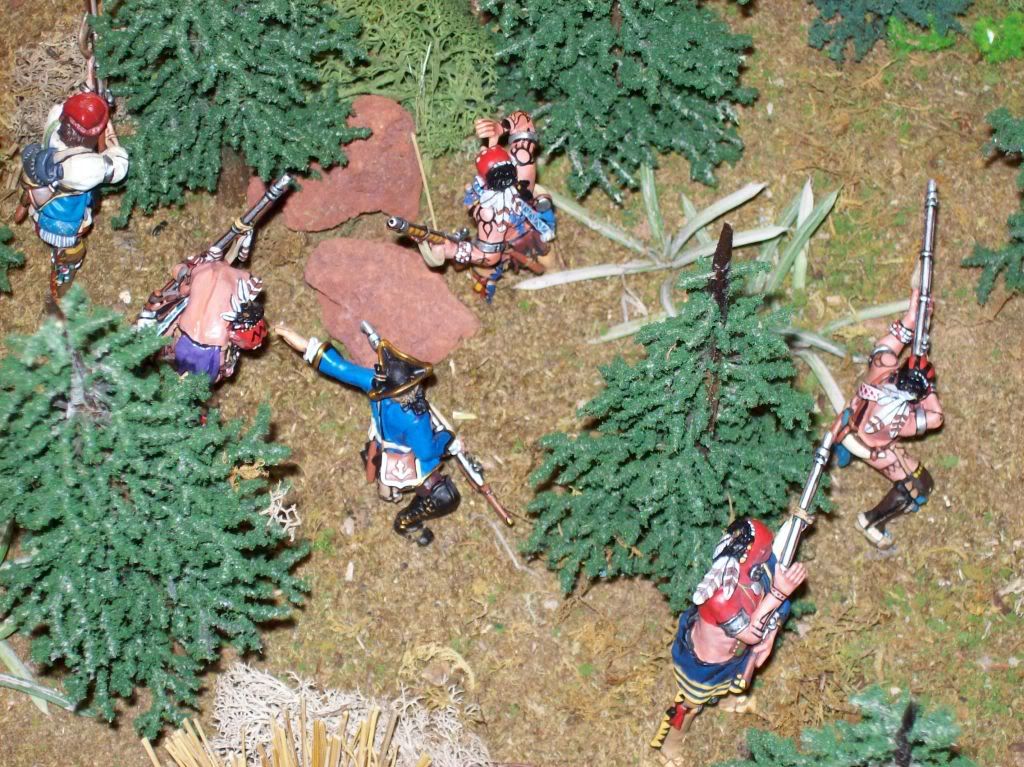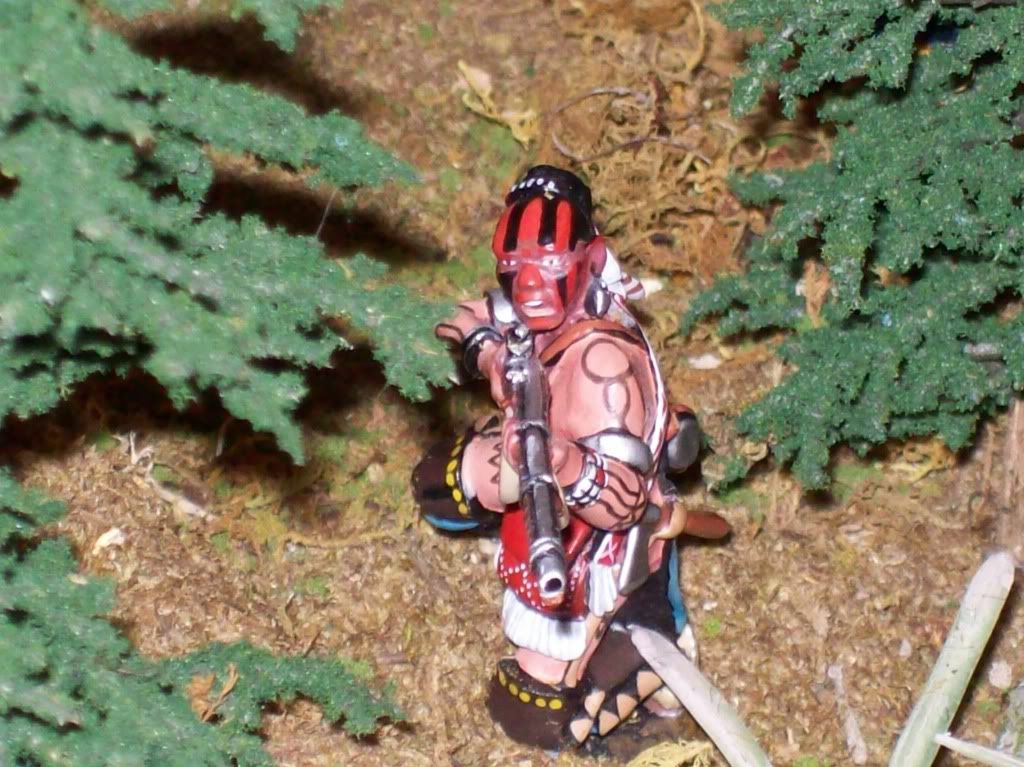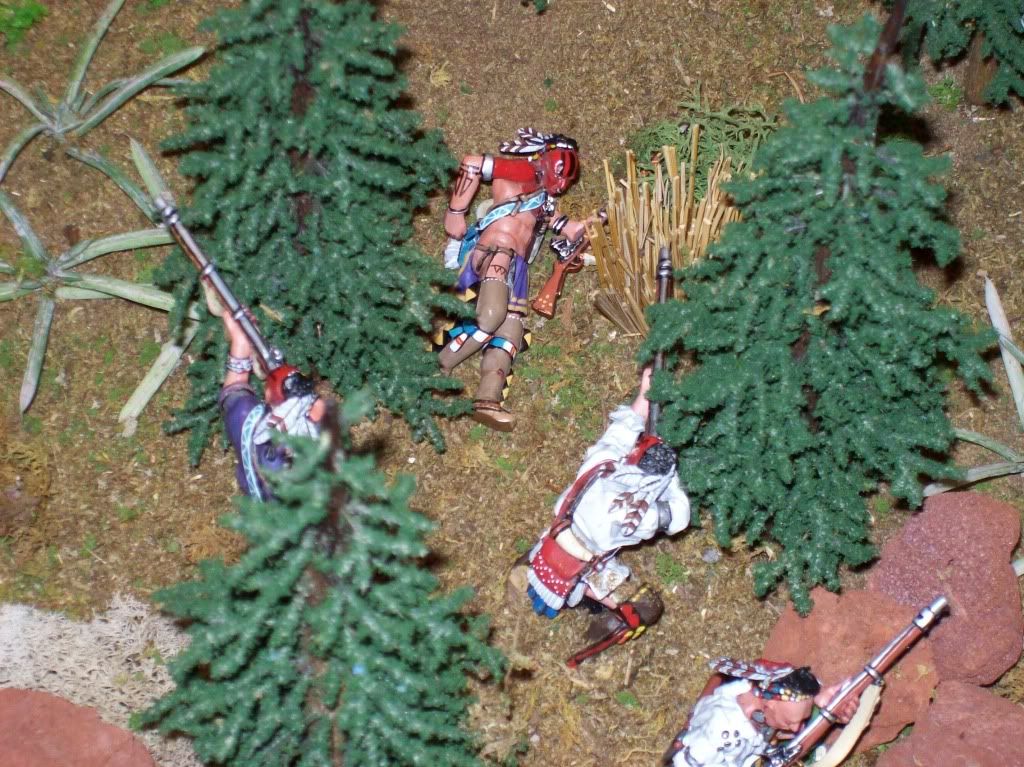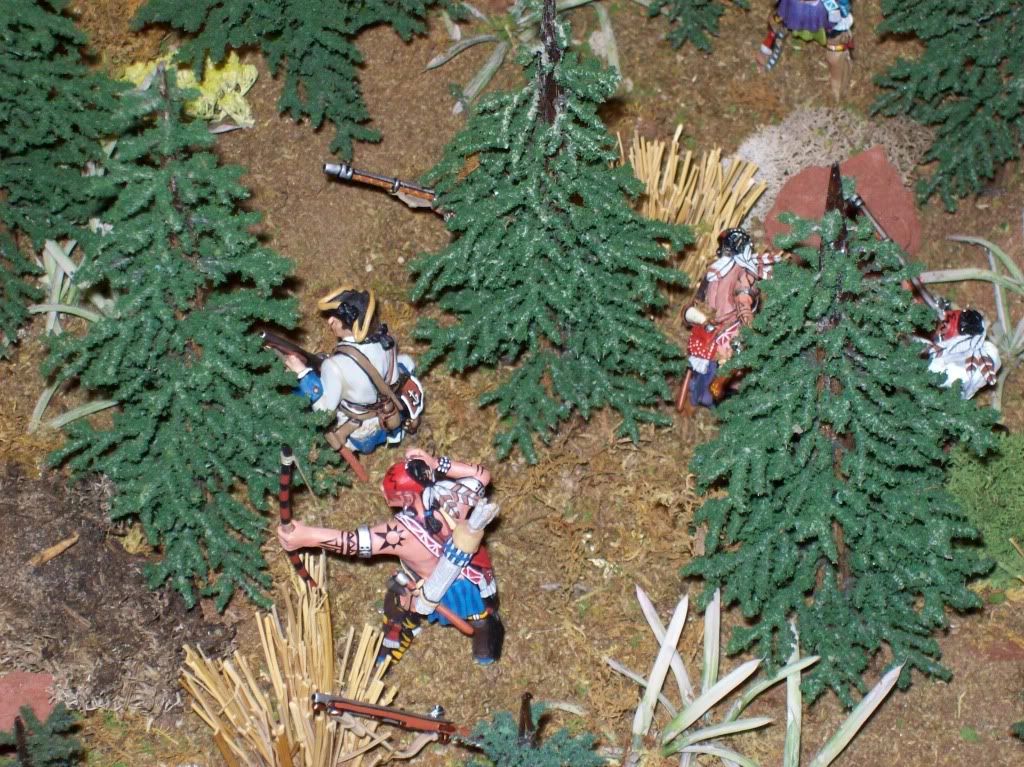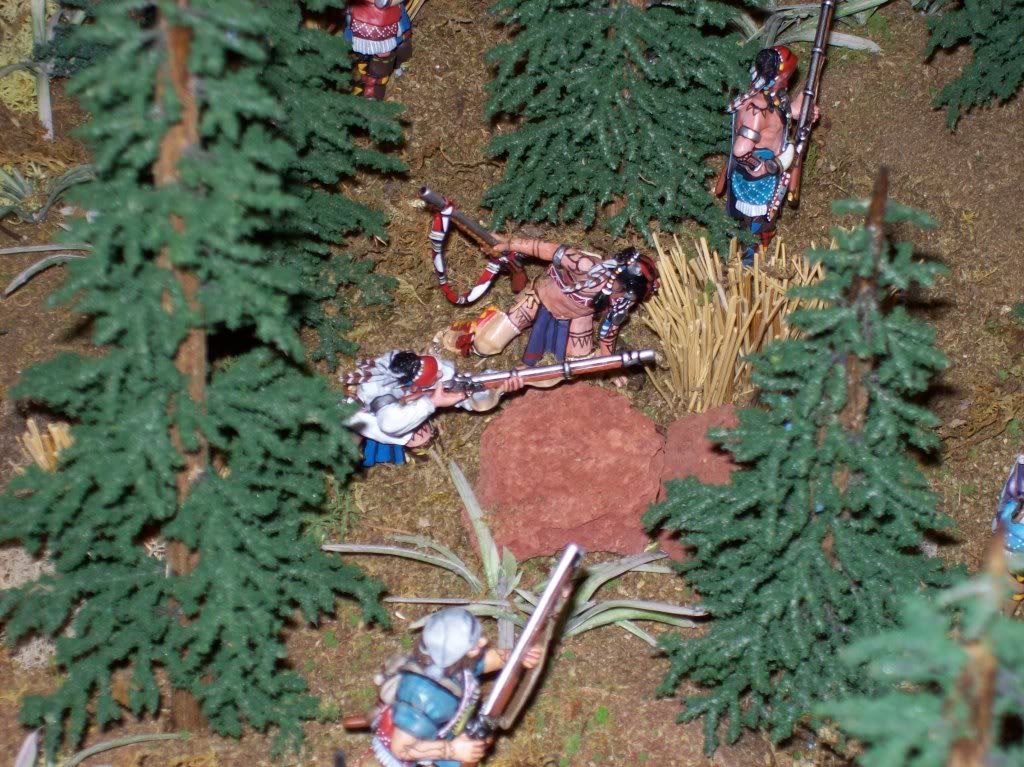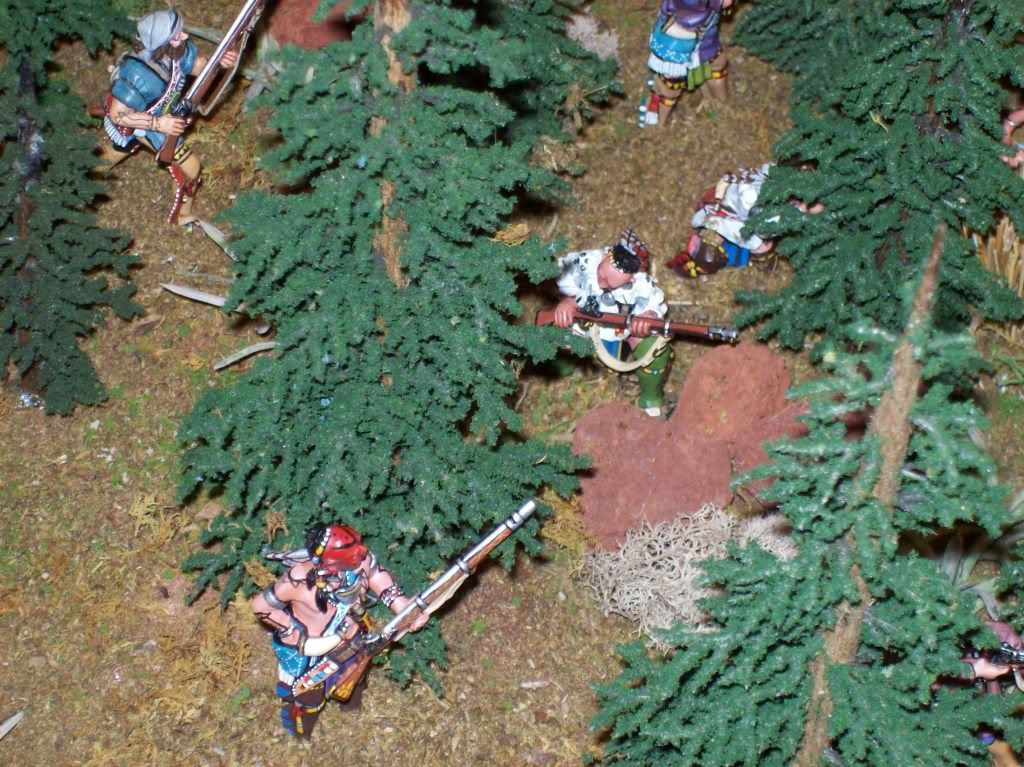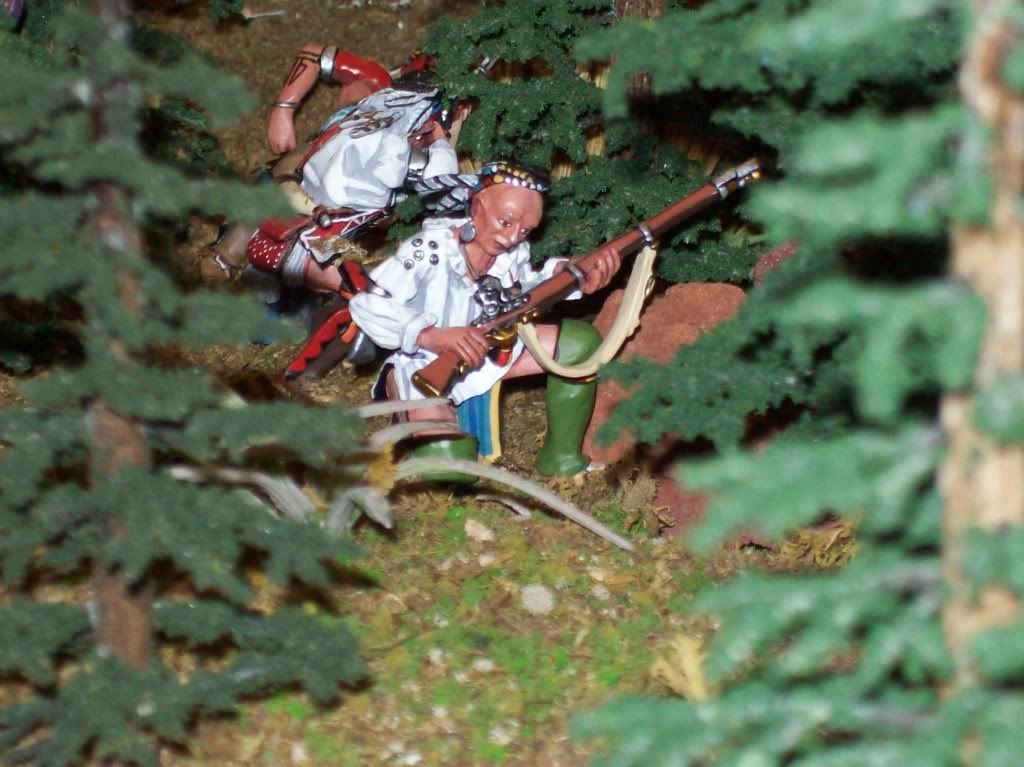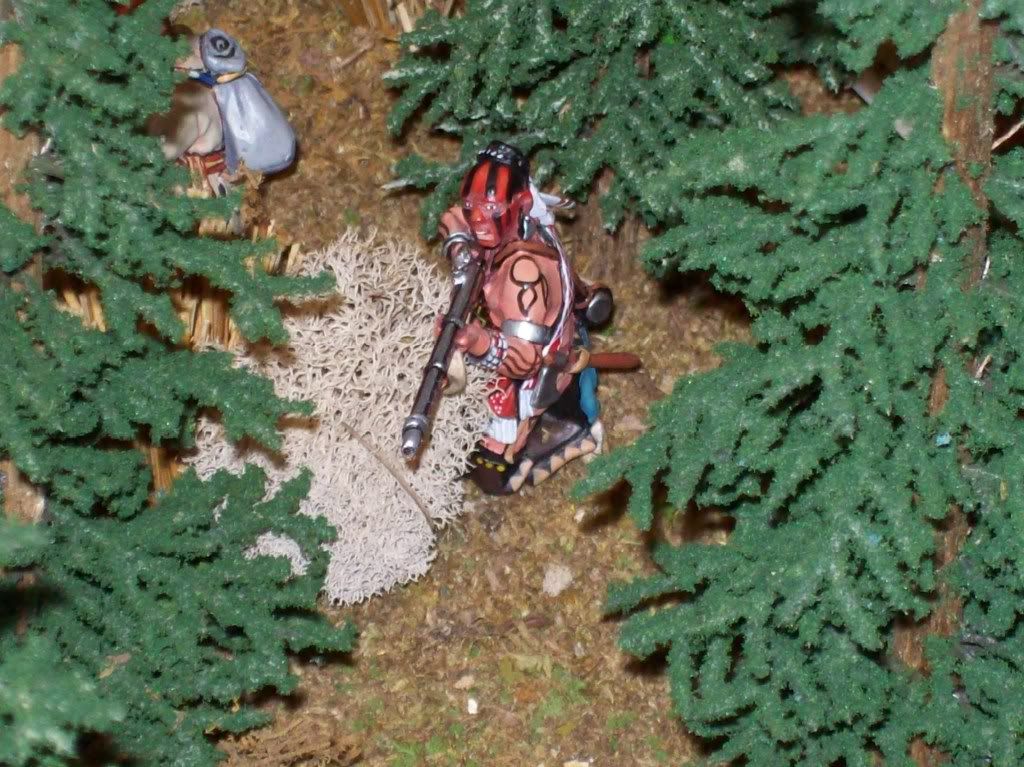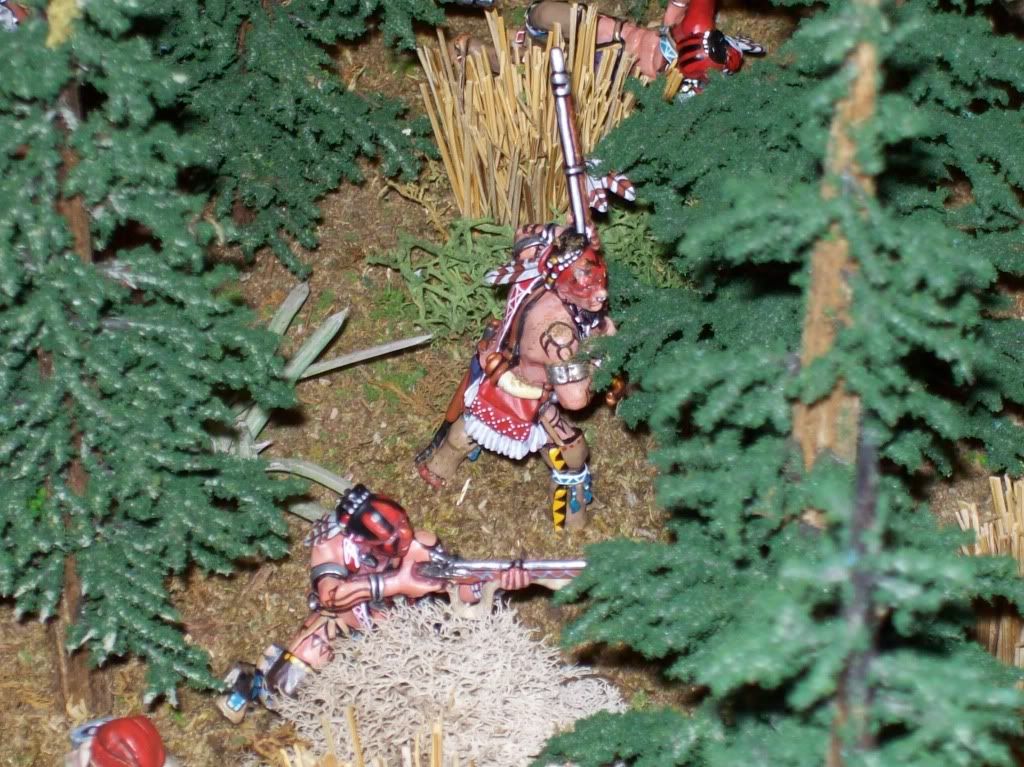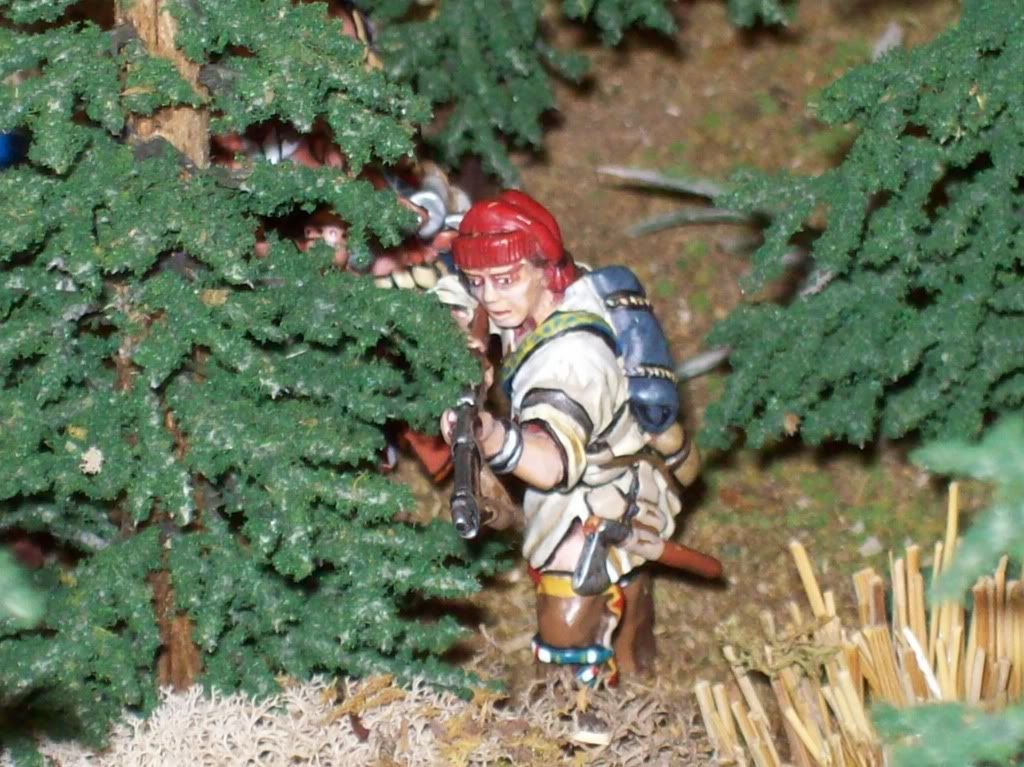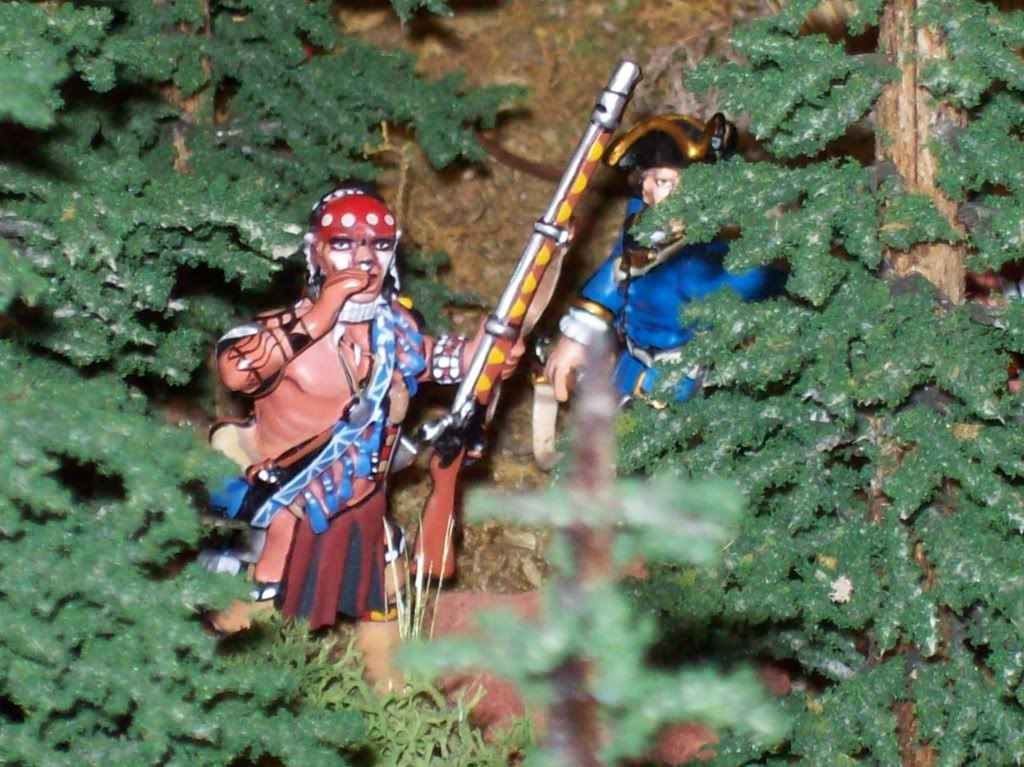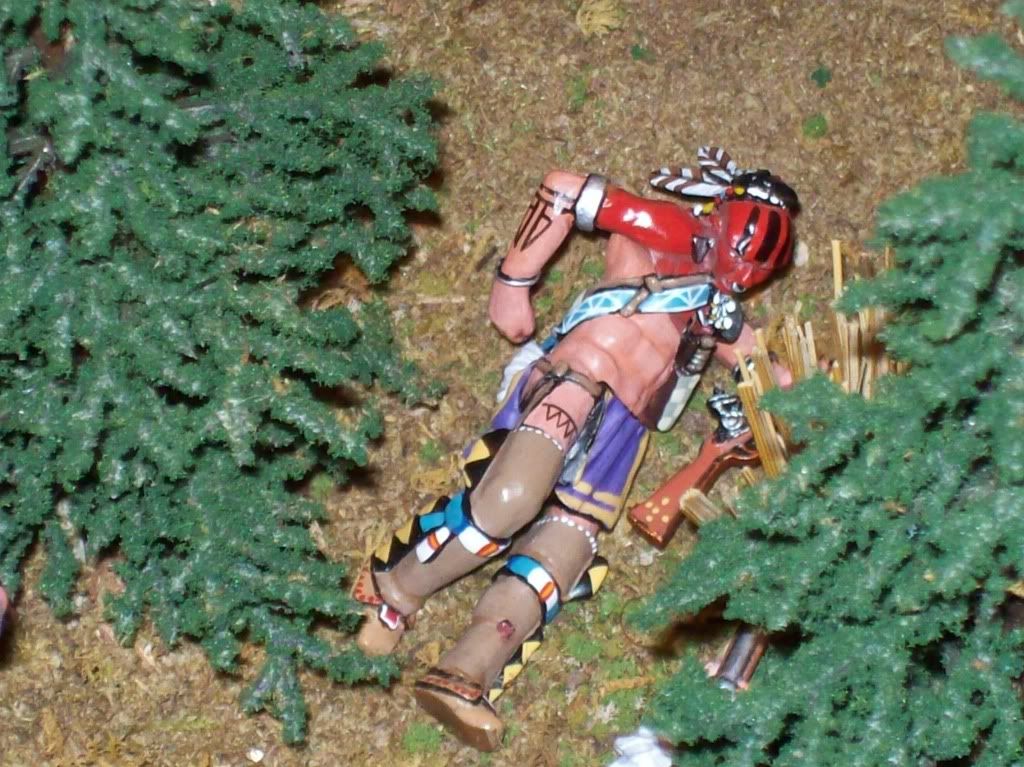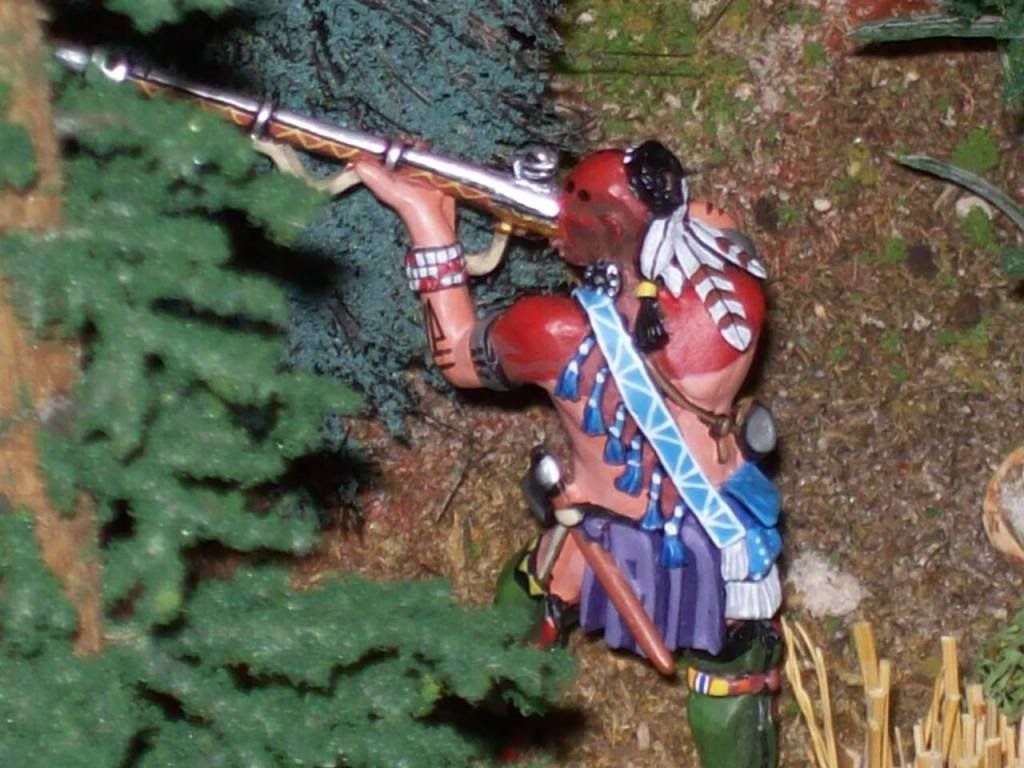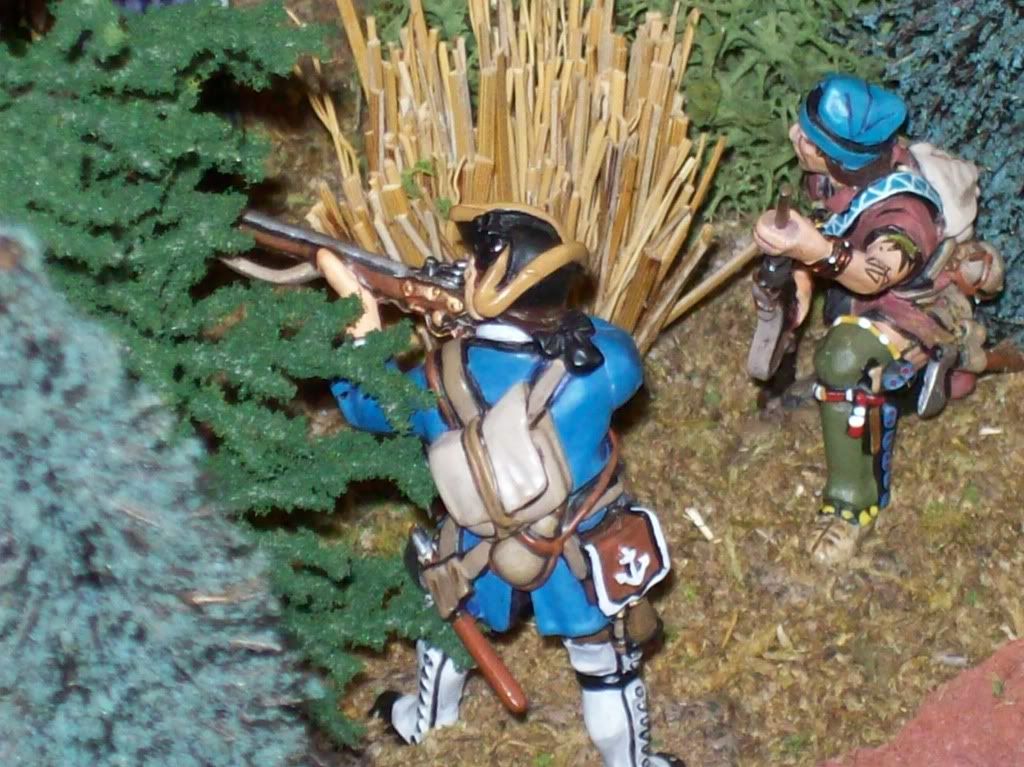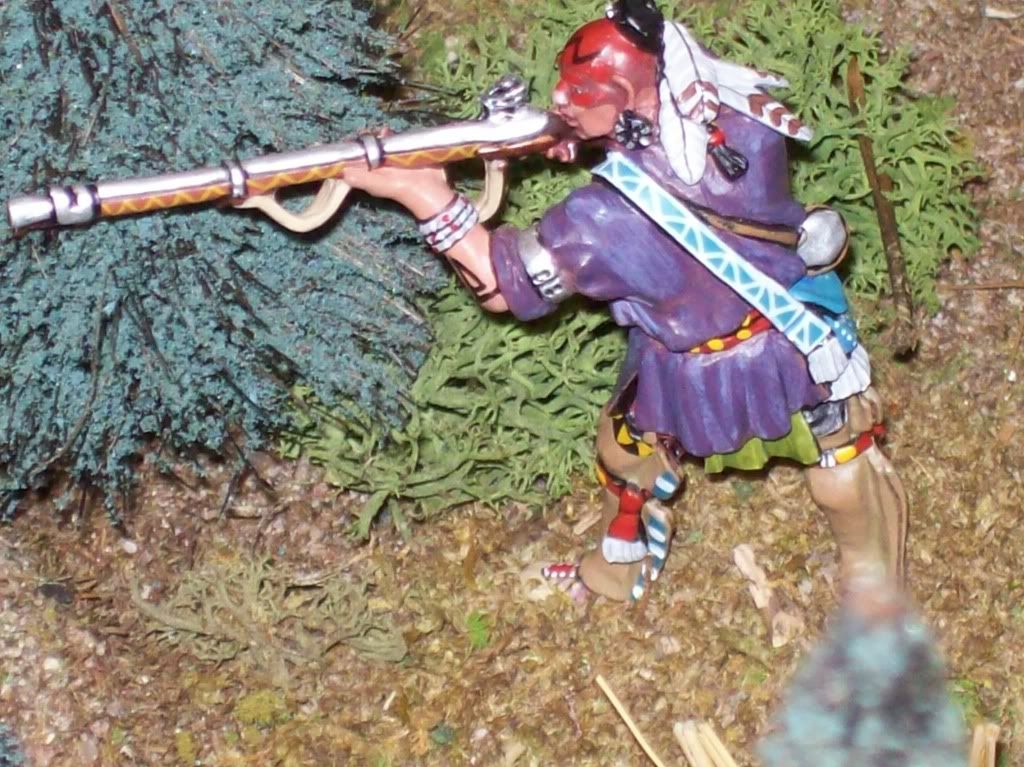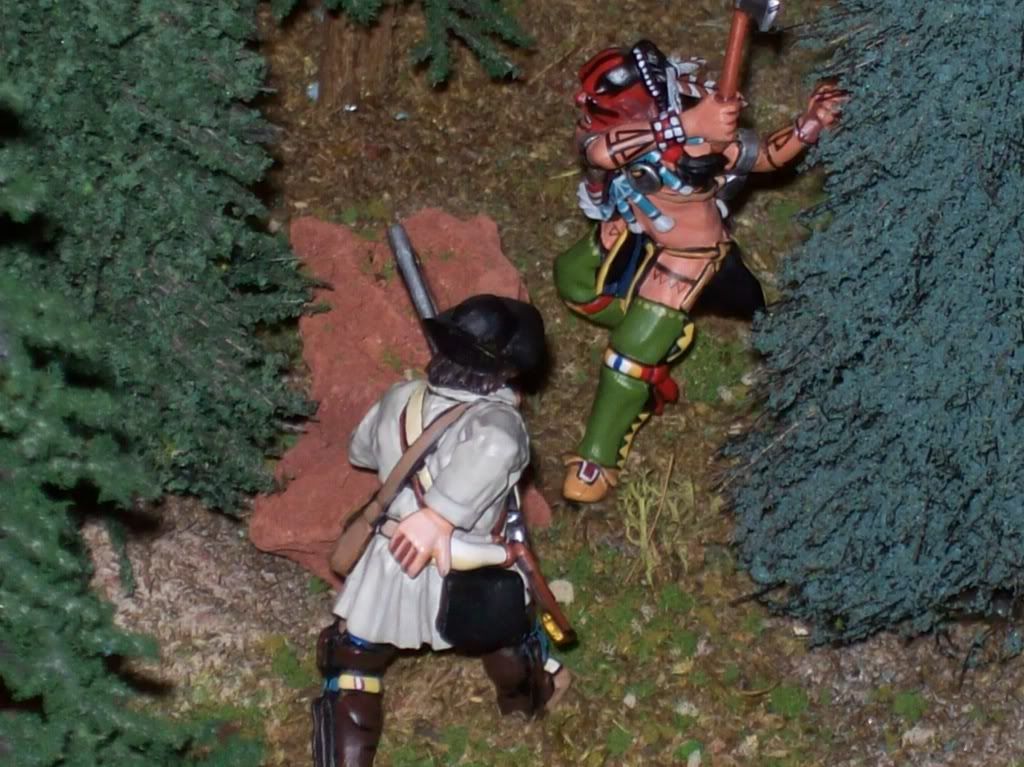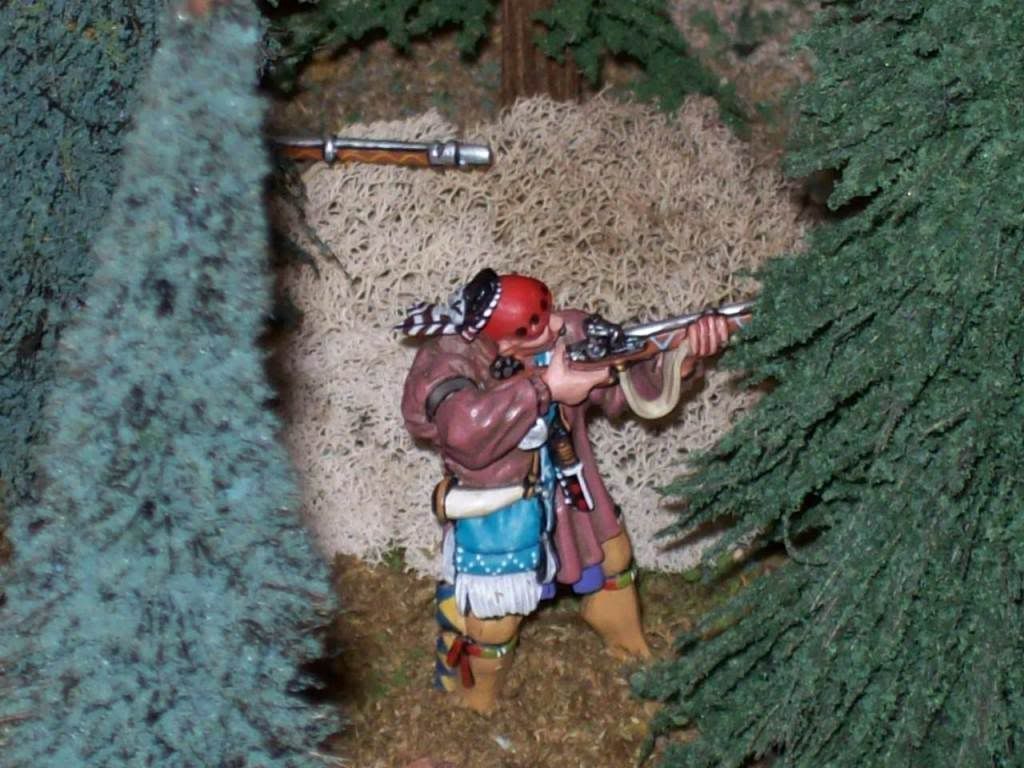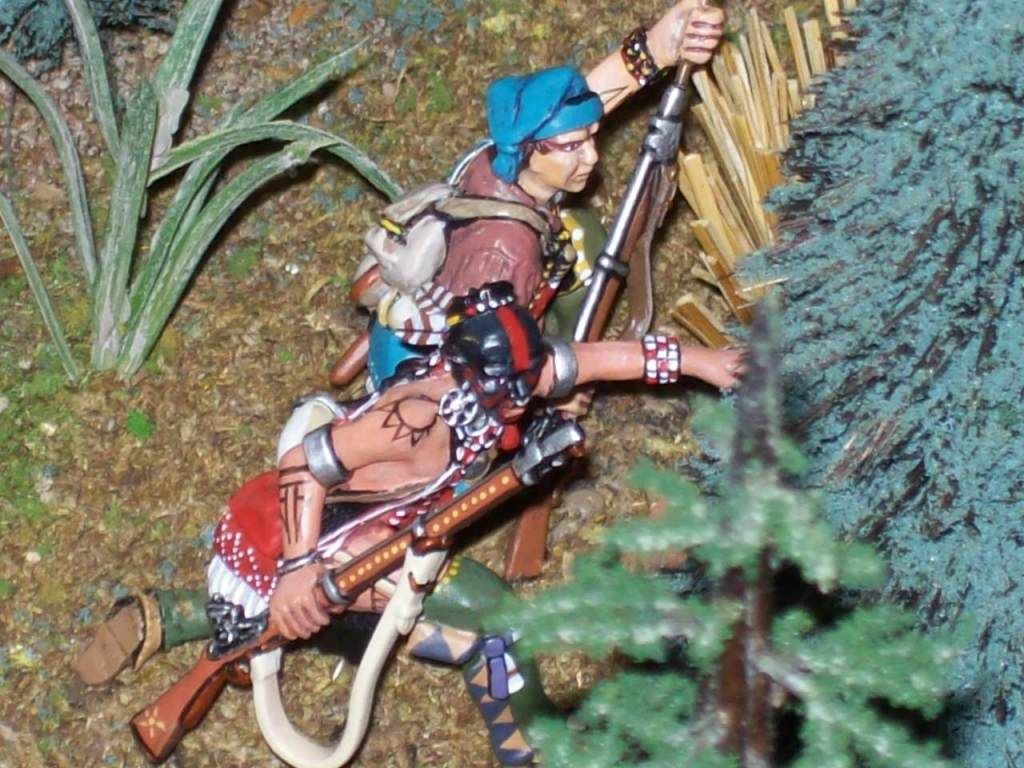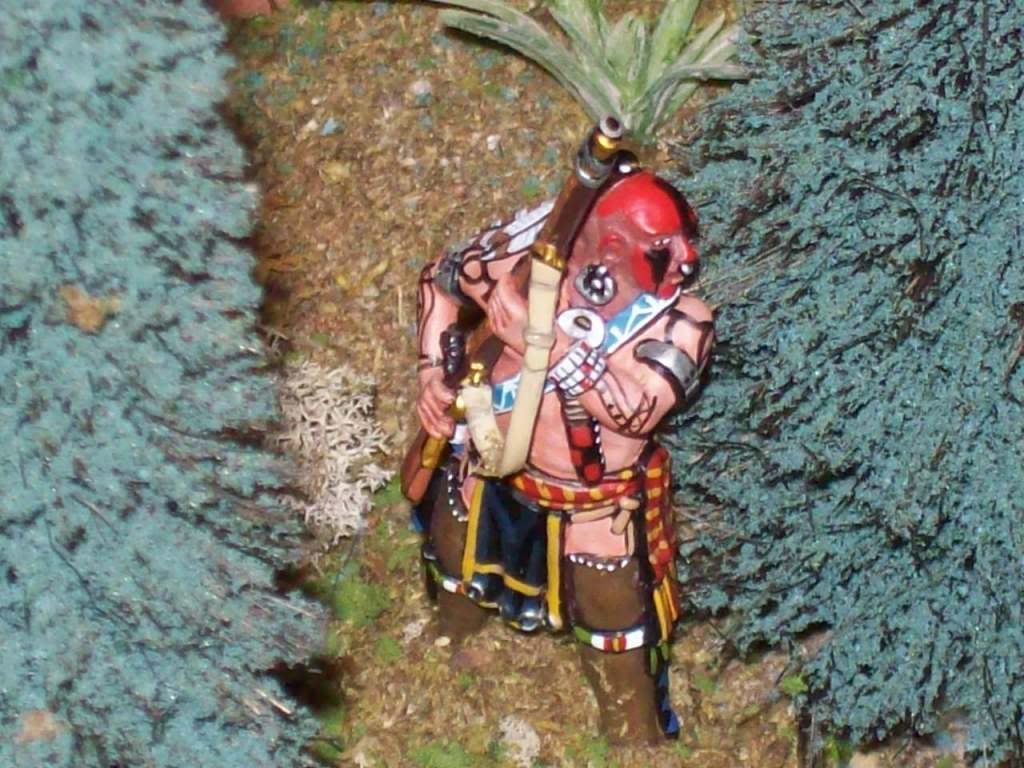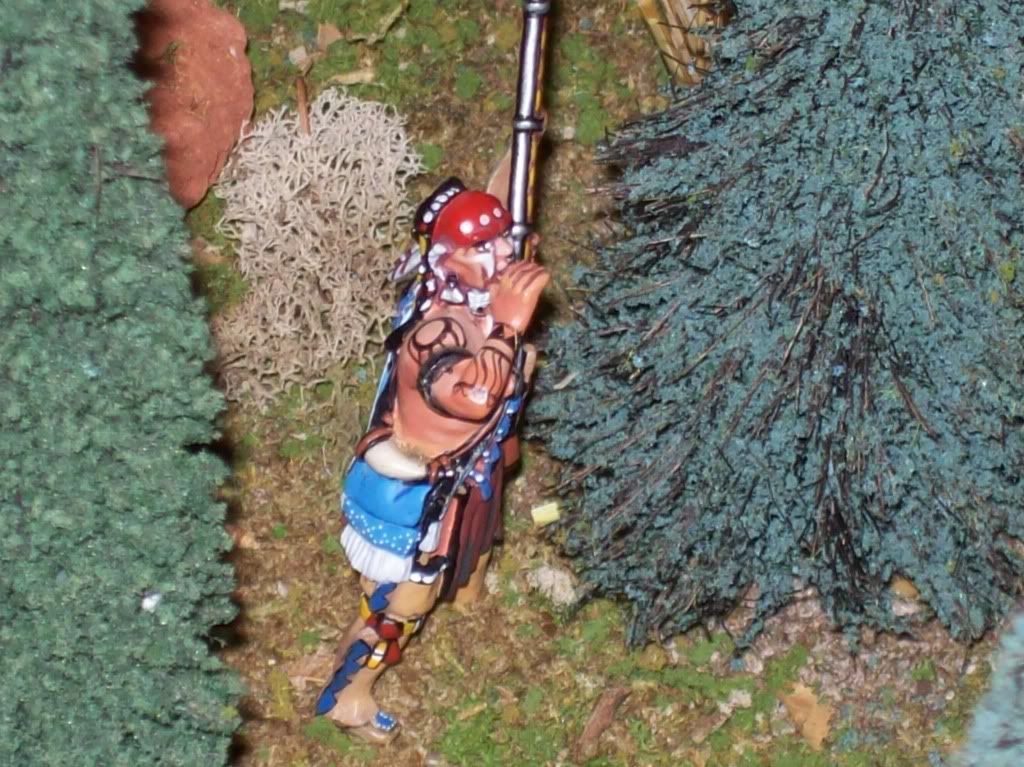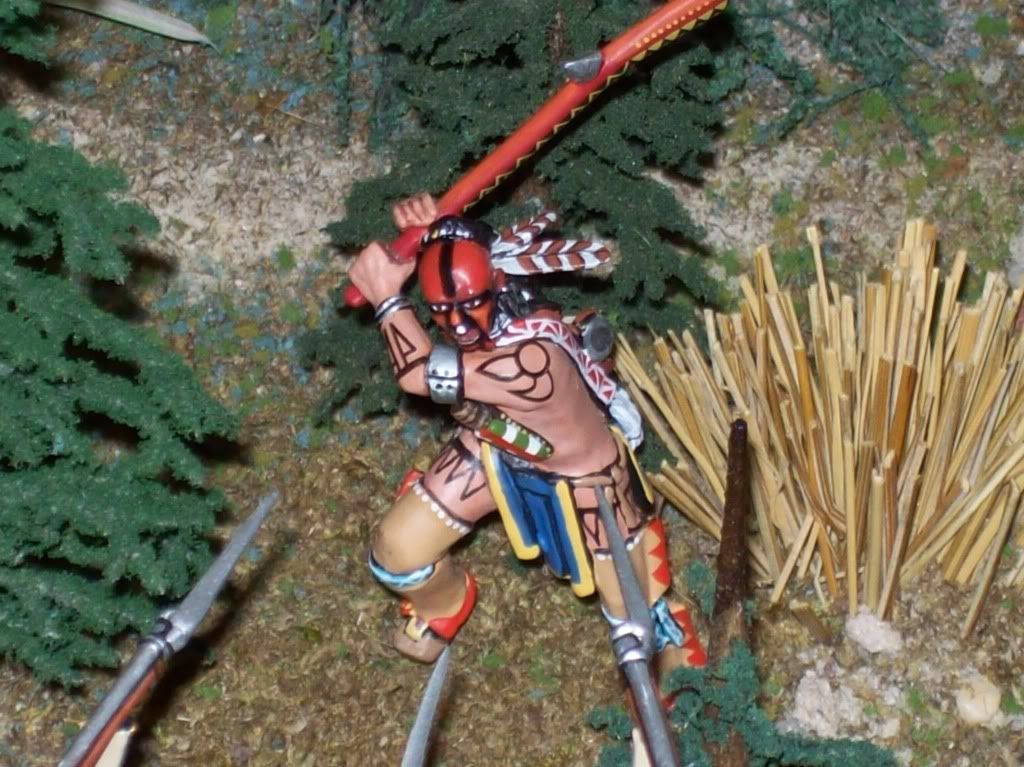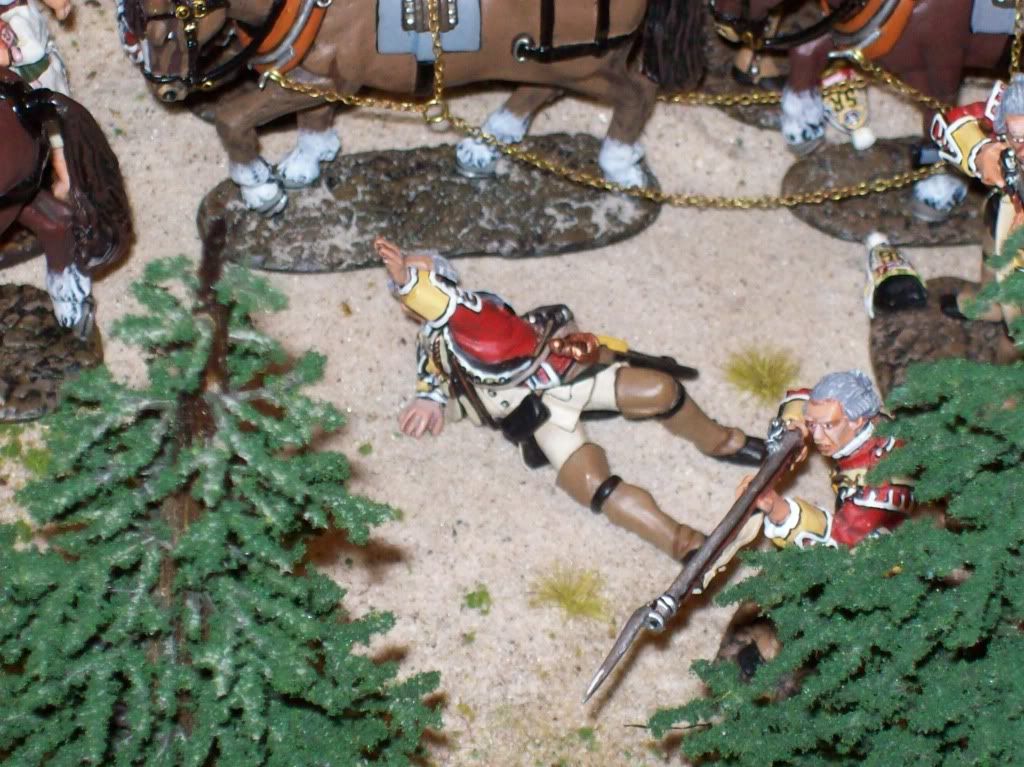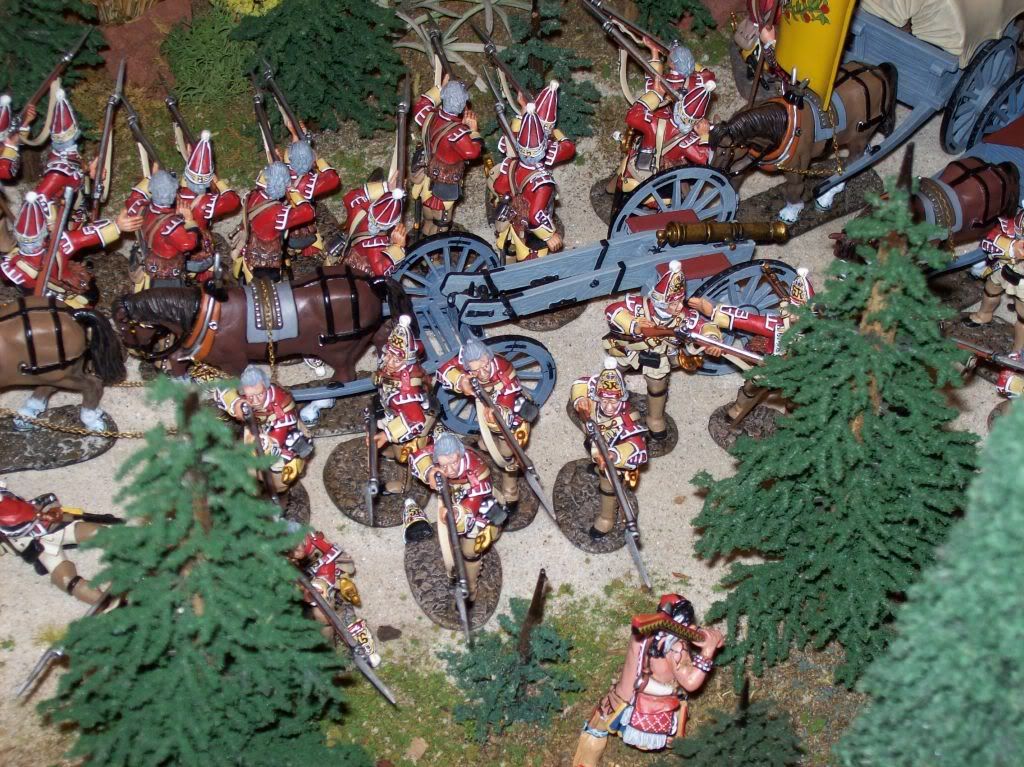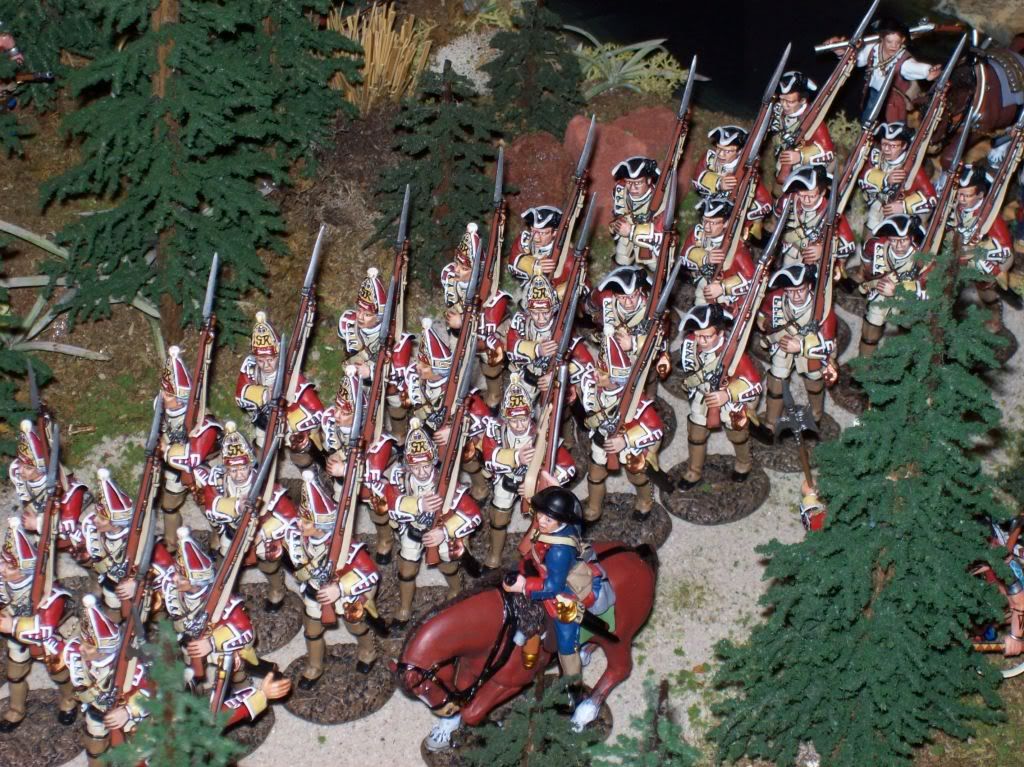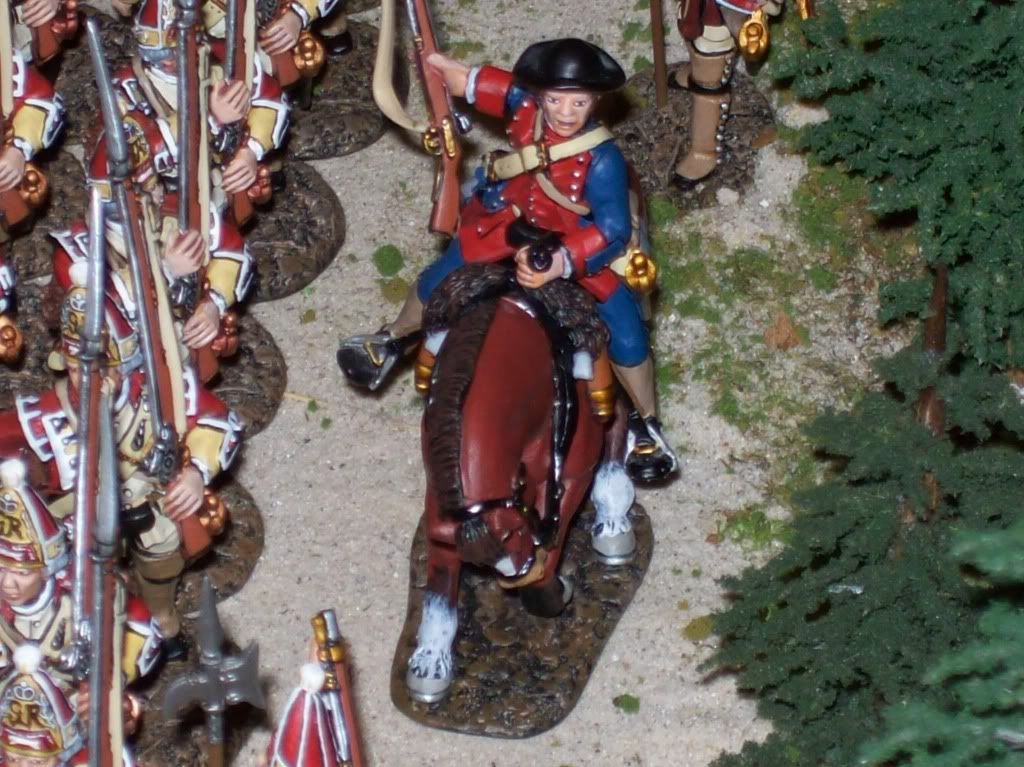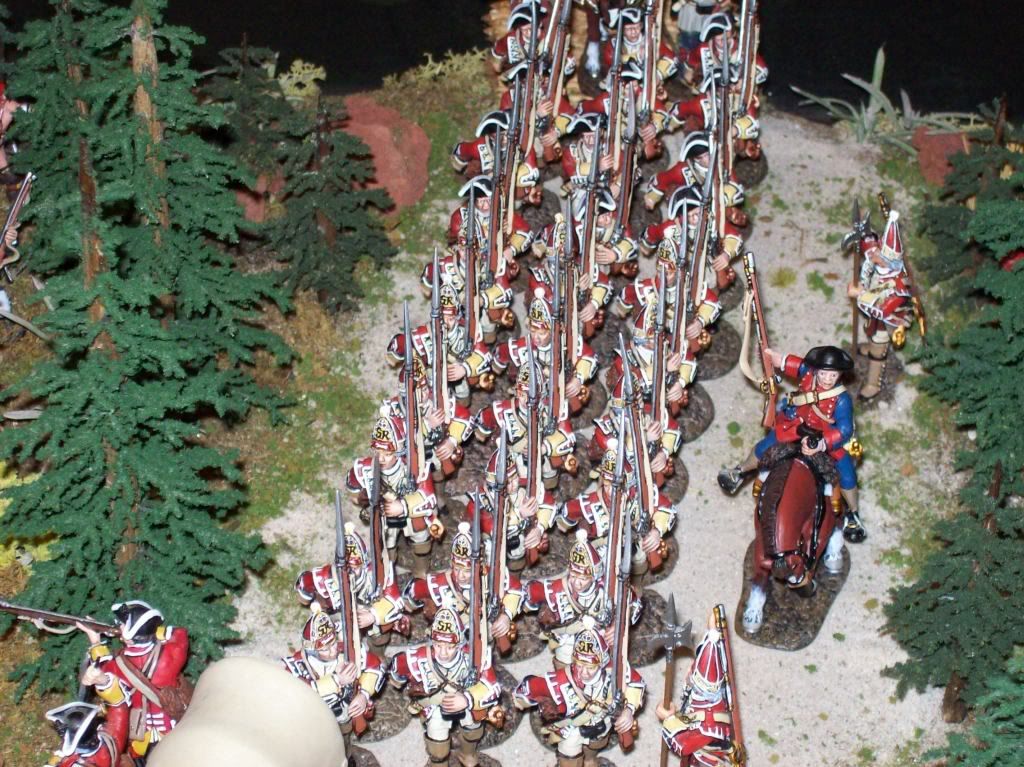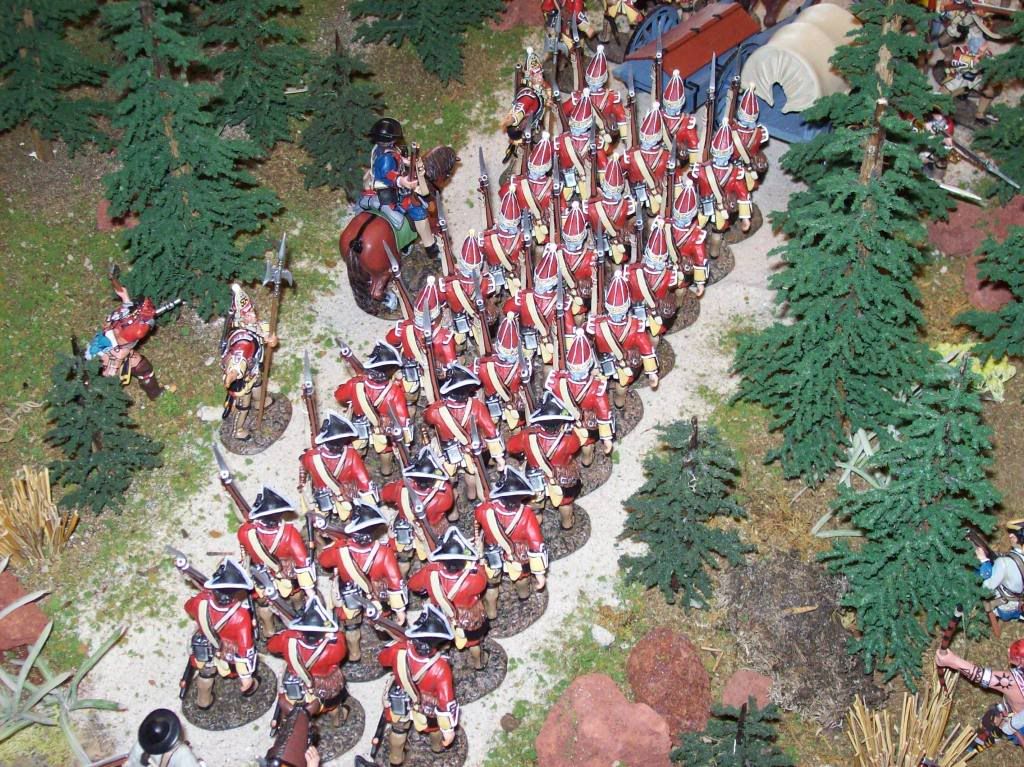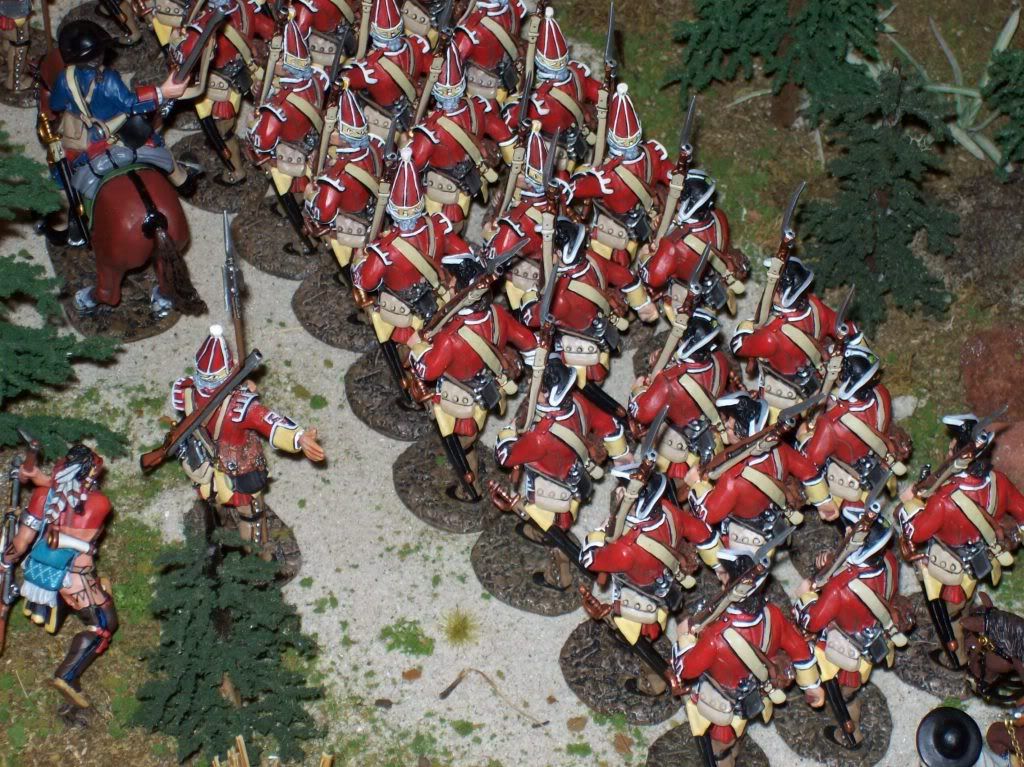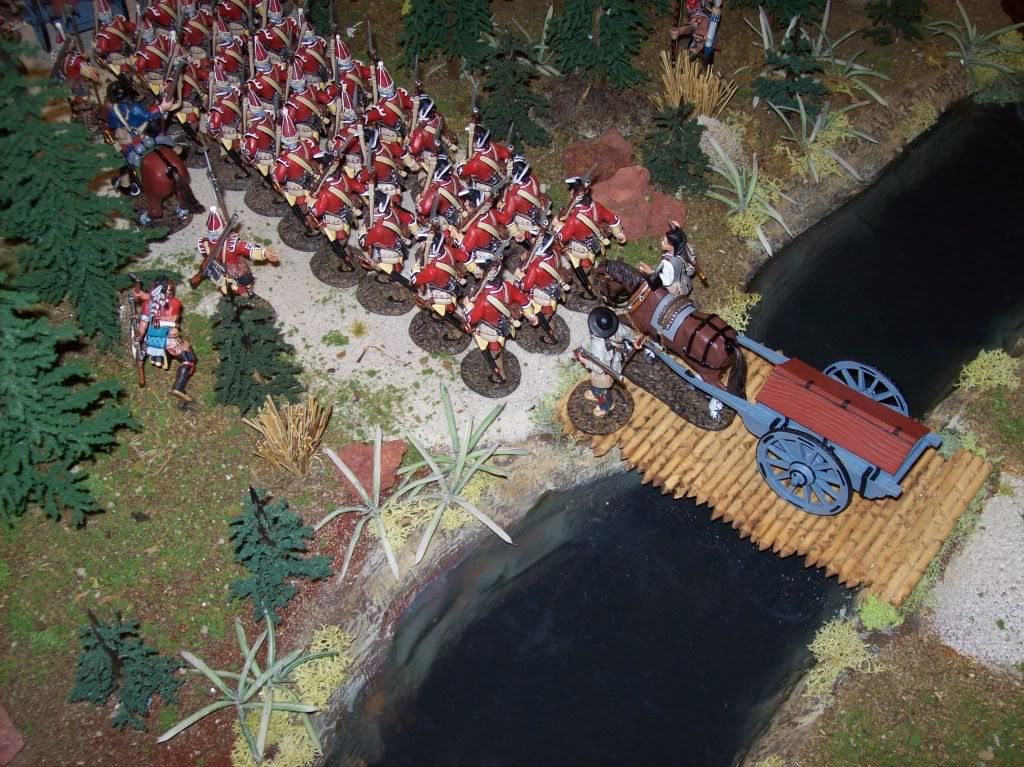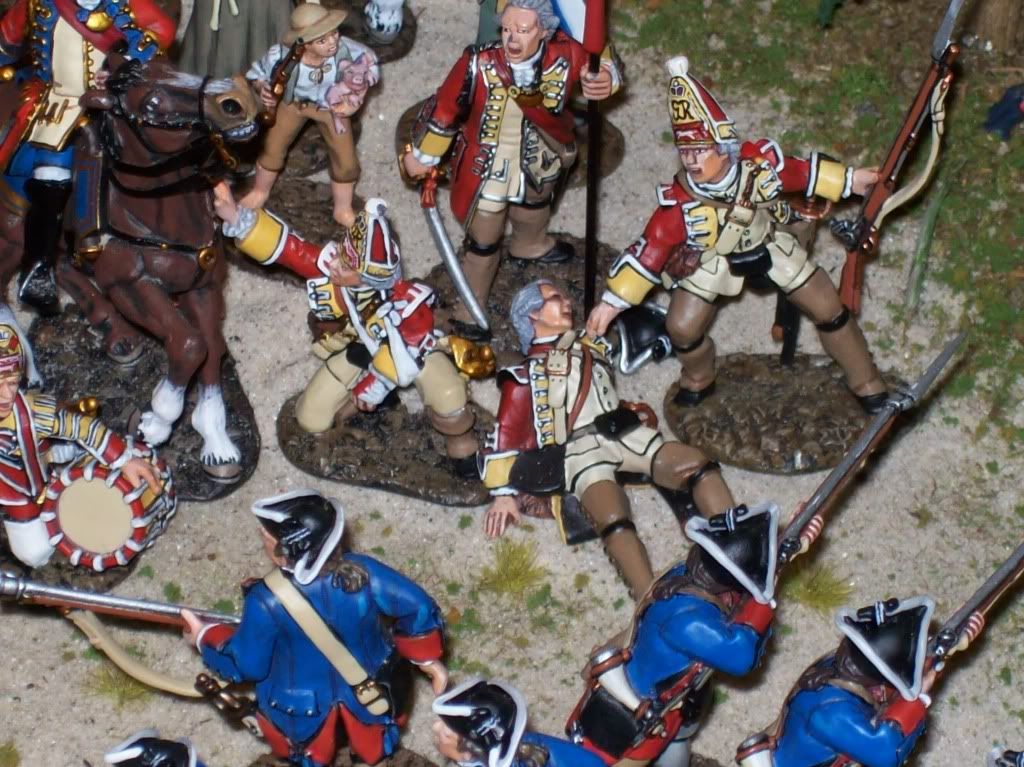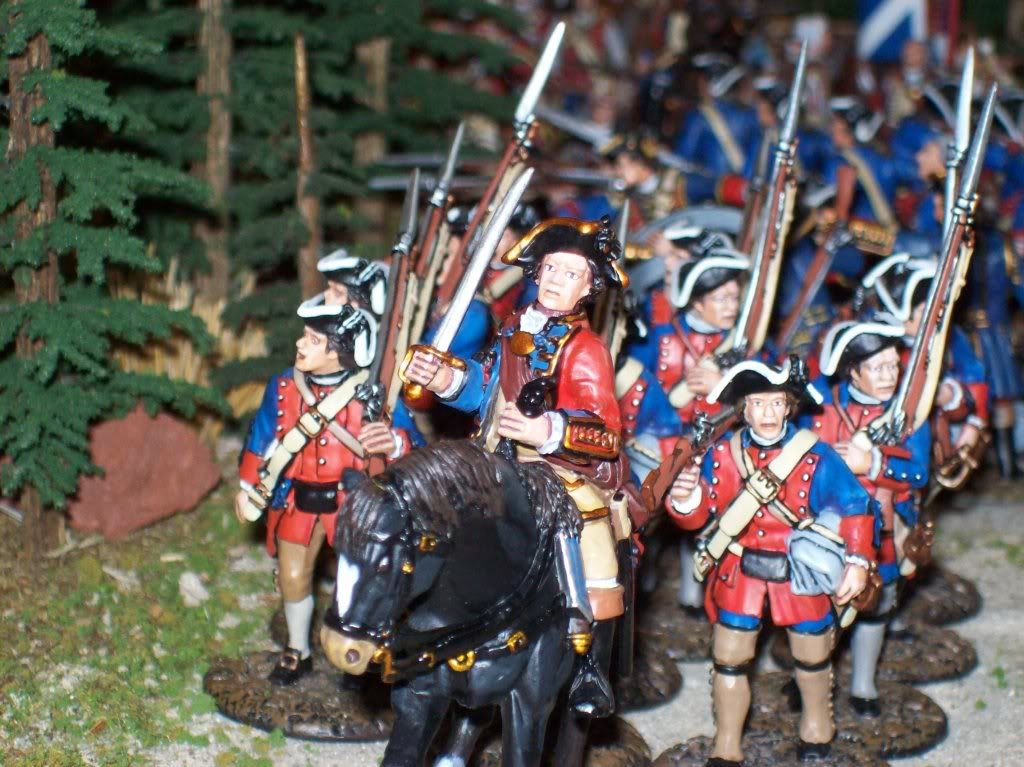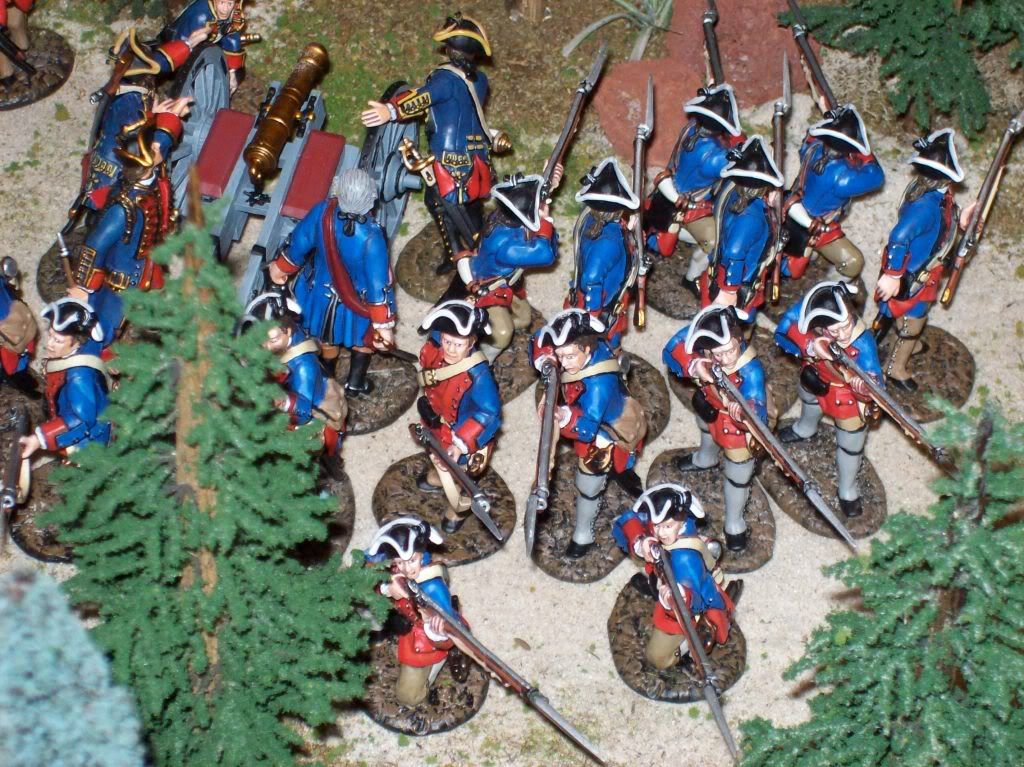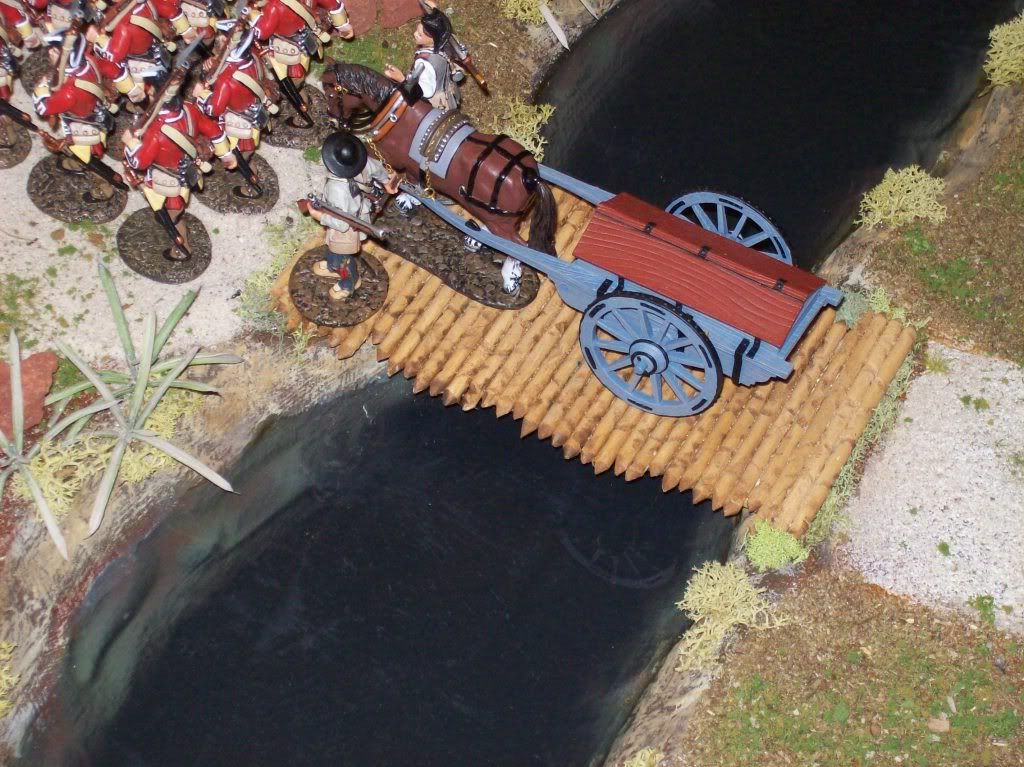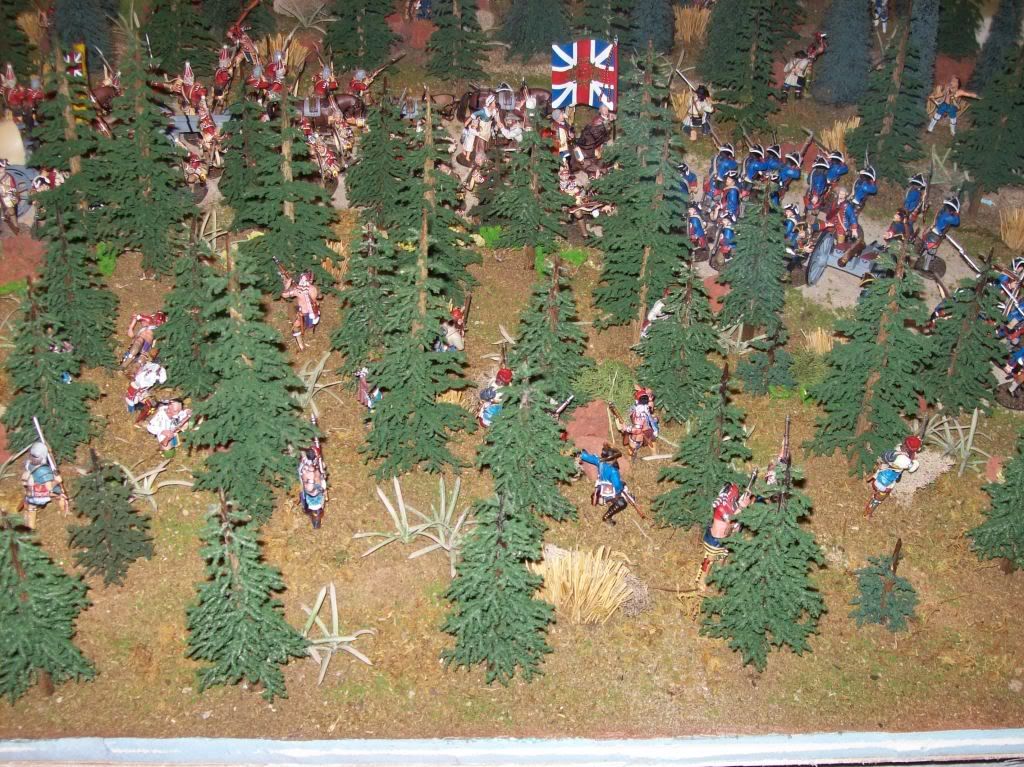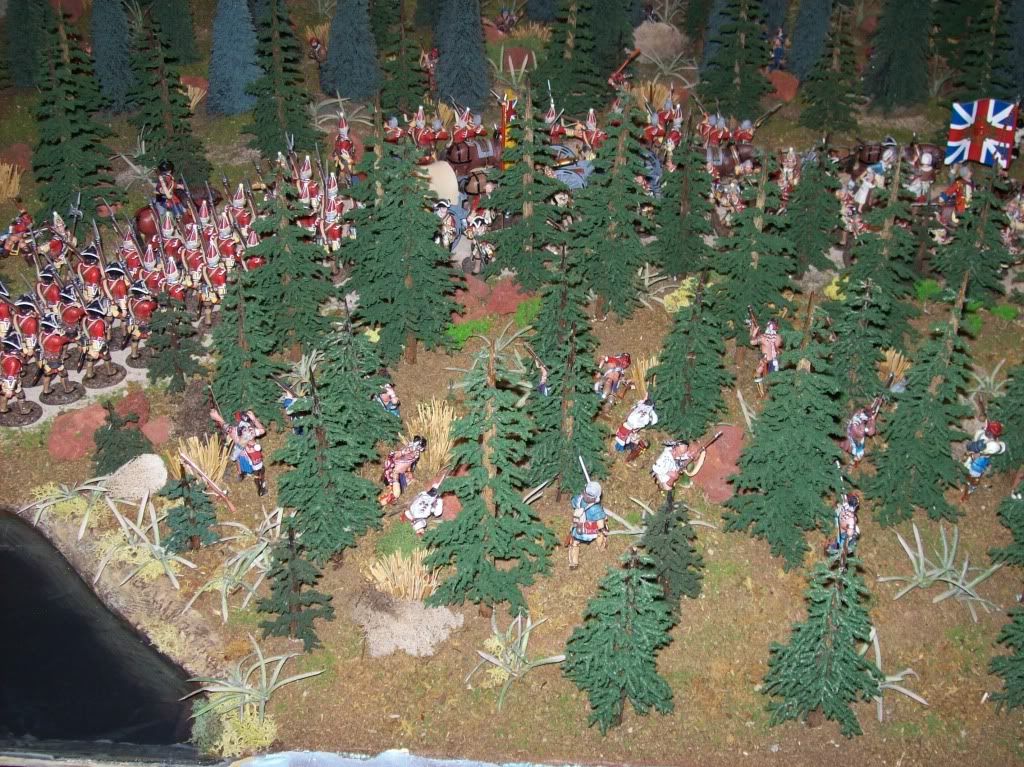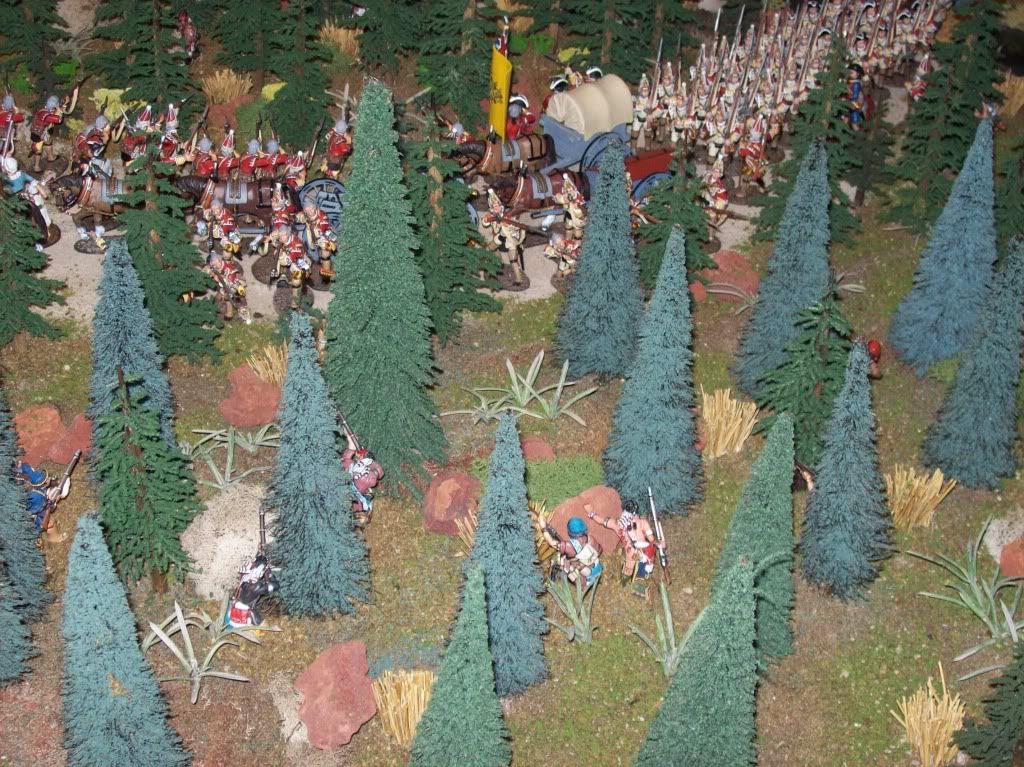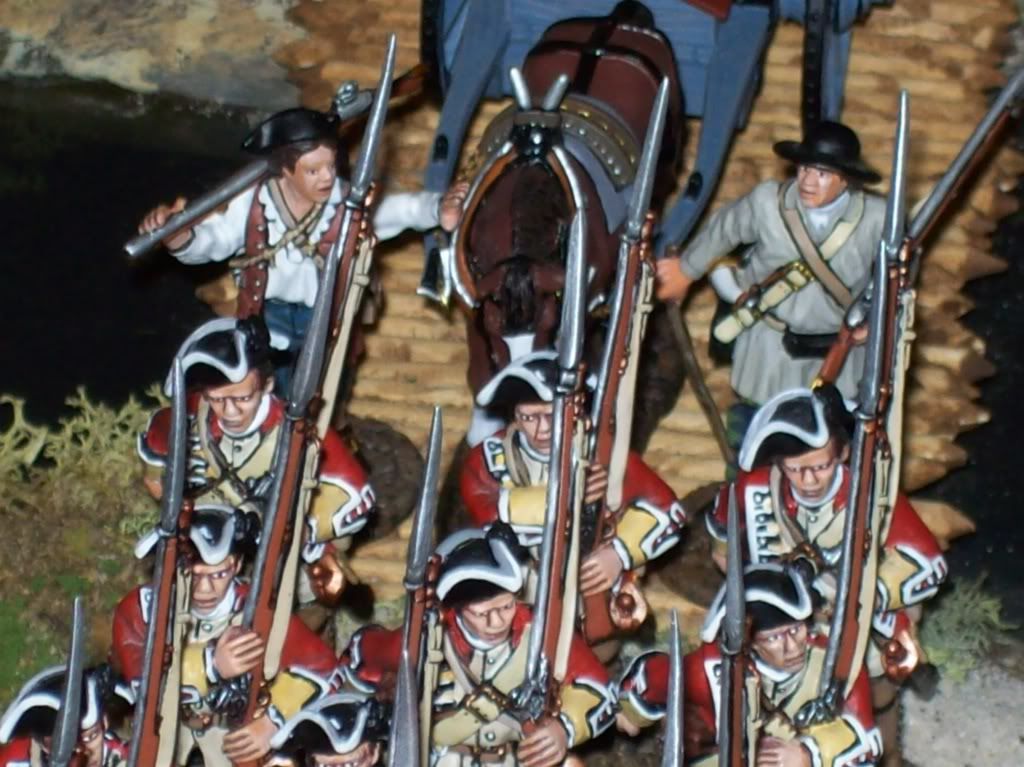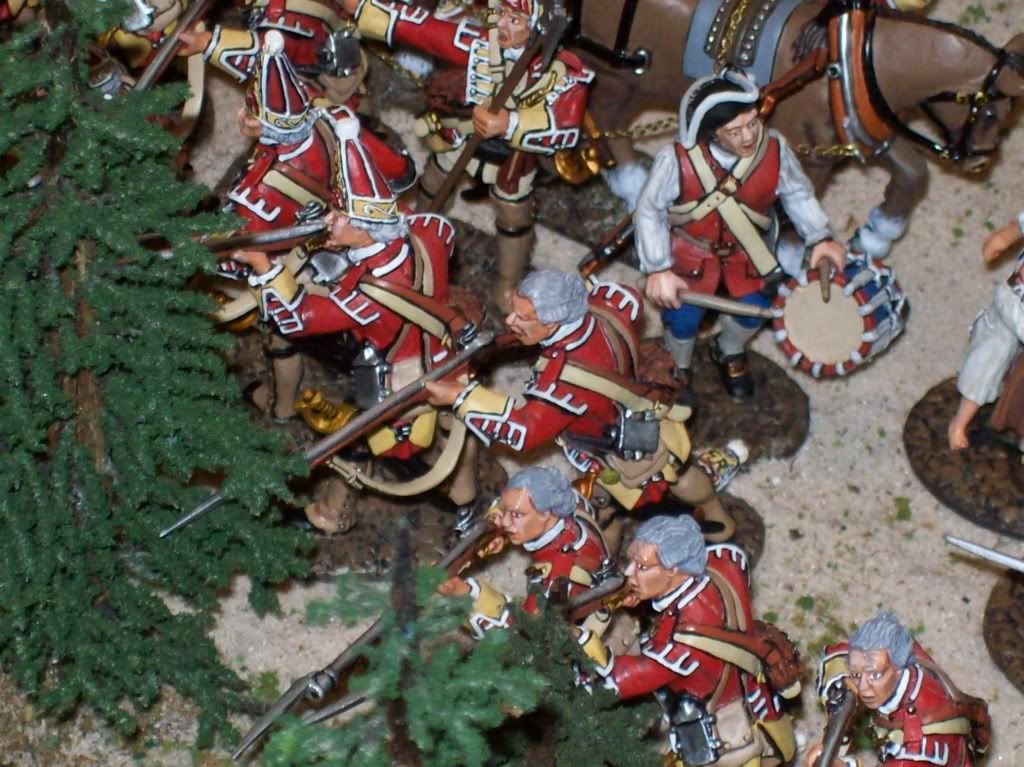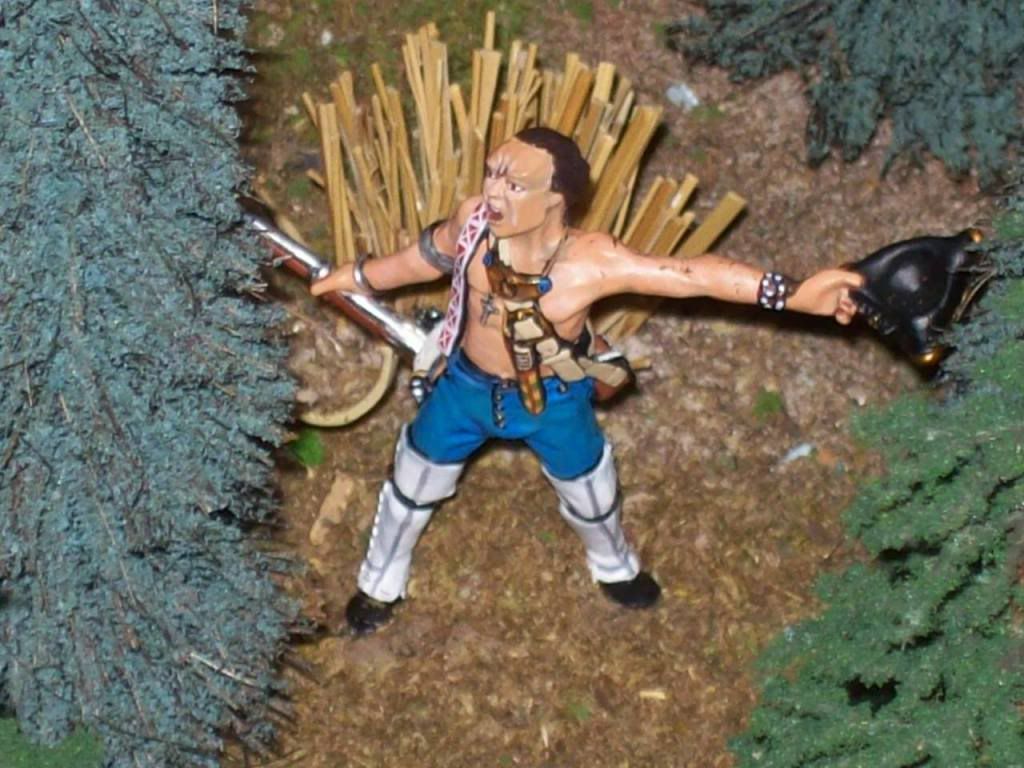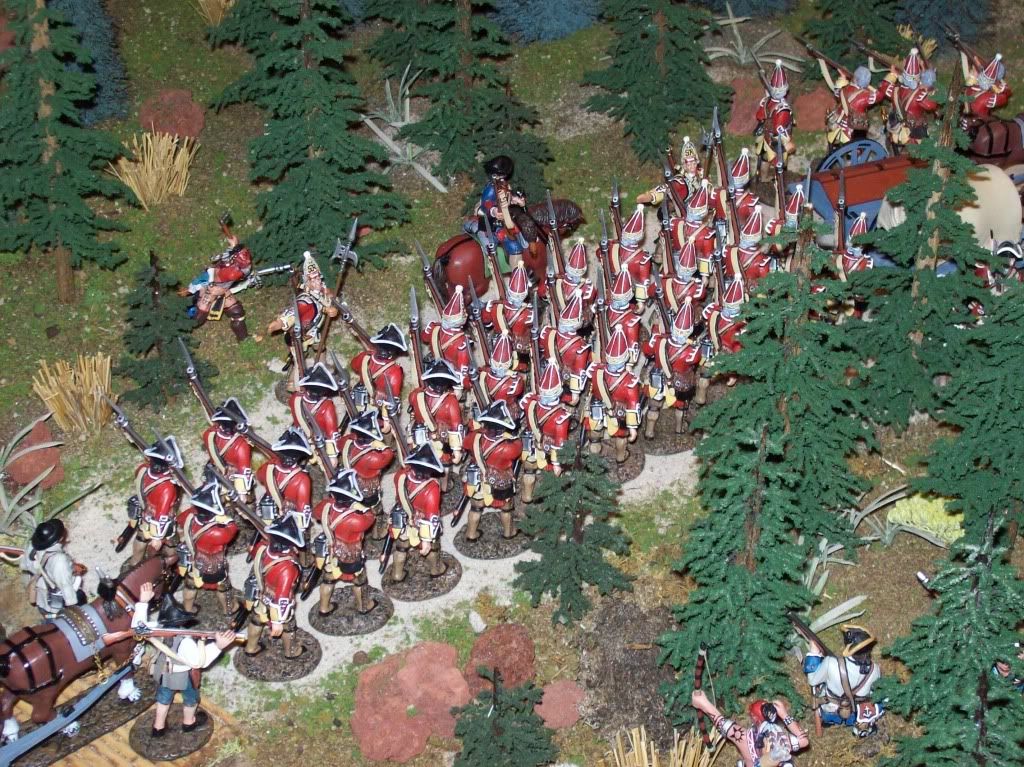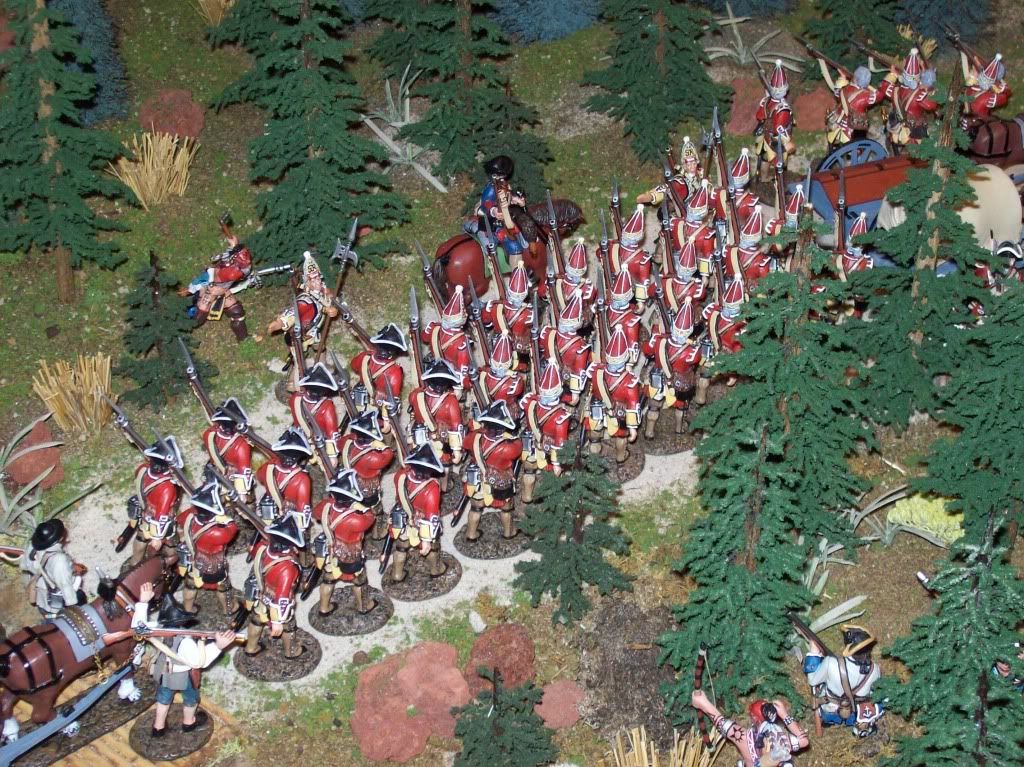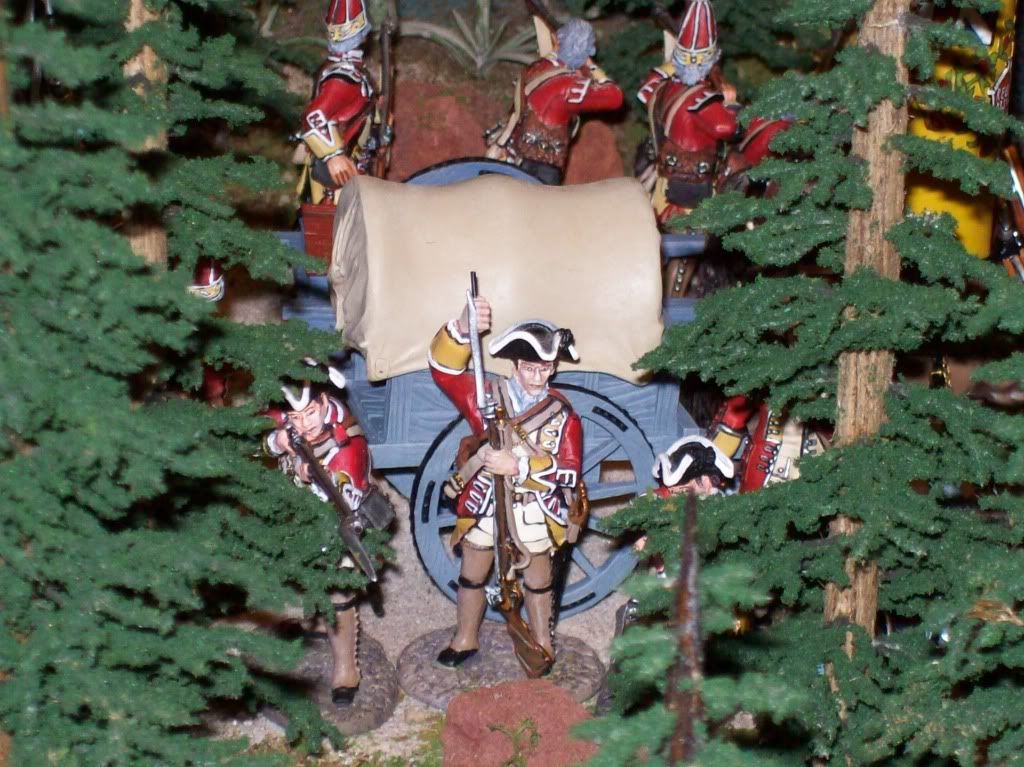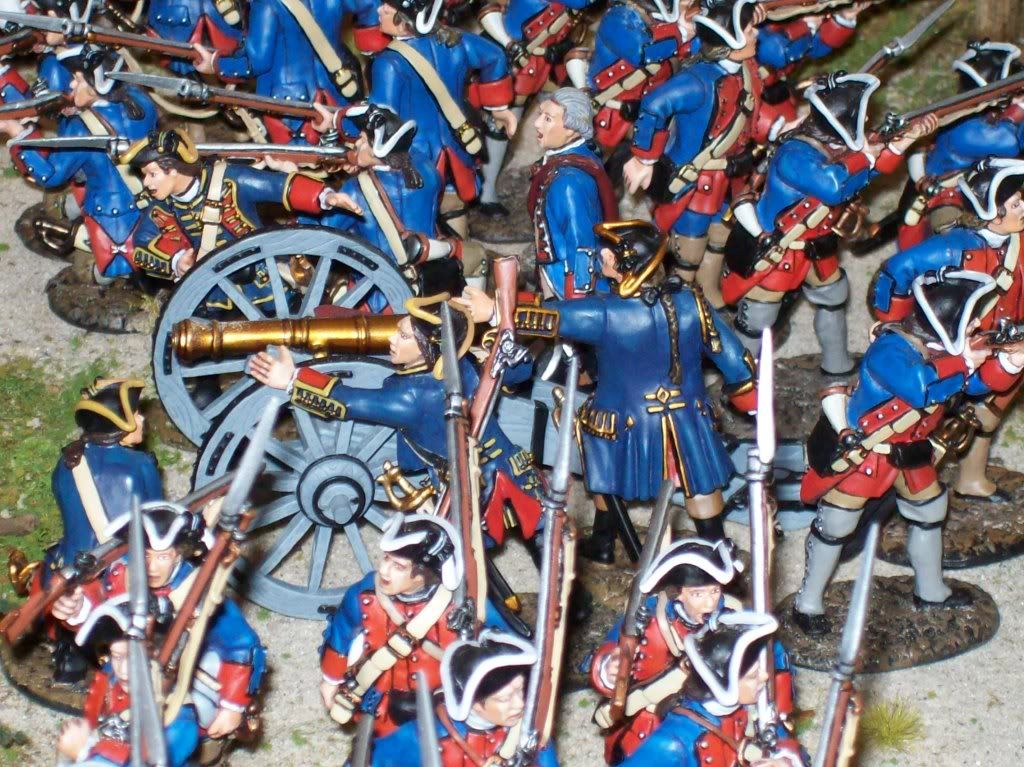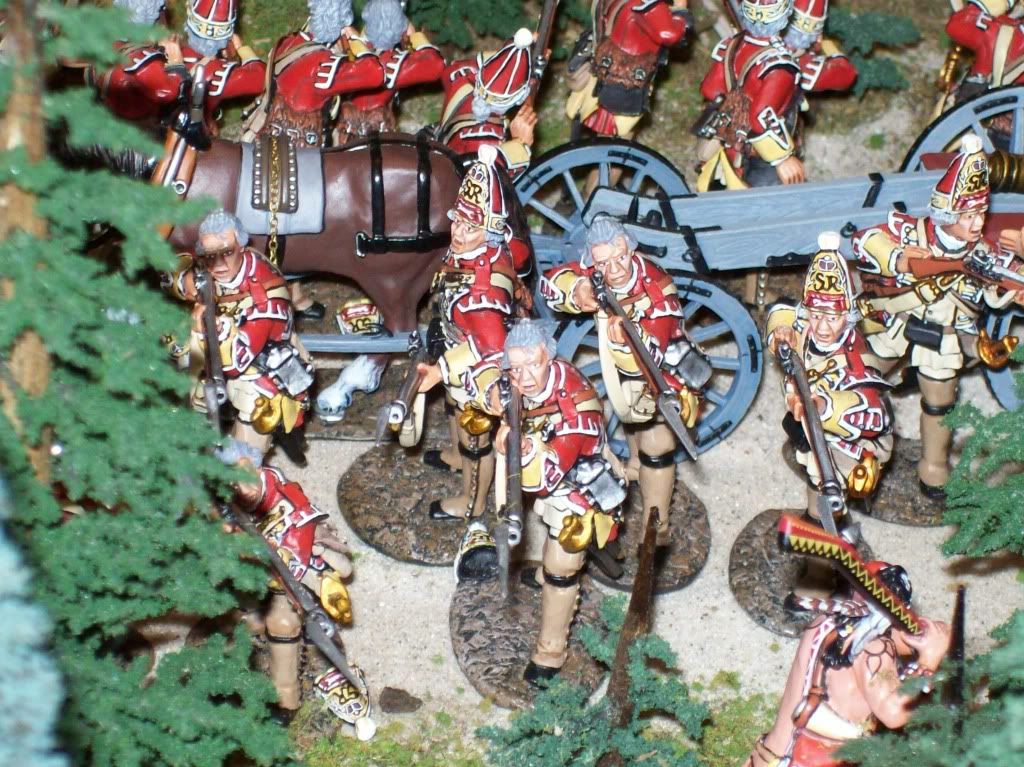Re: "We shall know how to fight them next time"............General Edward Braddock
The defeat unleashed a wave of Indian attacks on Virginia, Maryland and Pennsylvania, many settlers being killed or abducted.
Indian raids reached almost to Philadelphia. Defense of the three colonies was left to the local administration.
The Royal Government had failed in its most important function, protection of its citizens, and would never have the same standing.
A number of the participants in Braddock’s expedition to Fort Duquesne went on to achieve fame or notoriety, among them:
George Washington.
Lt Colonel Gage became British Commander in Chief in America on the outbreak of the American Revolutionary War.
Captain Horatio Gates became a major general in the American Continental Army and was in command at Saratoga.
Captain Charles Lee of Halkett’s 44th became a major general in the Continental Army.
James Craik became Washington’s surgeon.
Captain William Mercer became a major general in the Continental Army.
Lieutenant Hotham of Dunbar’s 48th commanded at Detroit in Pontiac’s war.
Beaujeu who led the attack and was shot dead in the opening moments
Daniel Boone
Daniel Morgan
Captain Robert Orme had made himself so unpopular that the opportunity was seized to blame him for the disaster.
He was compelled to leave the army within a year.
The debate on how Braddock, with professional soldiers, superior numbers, and artillery, could fail so miserably began soon after the battle and continues to this day.
Some blamed Braddock, some blamed his officers, some blamed the British regulars or the colonial militia. George Washington, for his part, supported Braddock and found fault with the British regulars.
Colonel Washington, who was a major factor in disengaging and saving the remaining British forces, later said,
"We marched to that place, without any considerable loss, having only now and then a straggler picked up by the French and scouting Indians. When we came there, we were attacked by a party of French and Indians, whose number, I am persuaded, did not exceed three hundred men, while ours consisted of about one thousand three hundred well-armed troops, chiefly regular soldiers, who were struck with such a panic that they behaved with more cowardice than it is possible to conceive. The officers behaved gallantly, in order to encourage their men, for which they suffered greatly, there being near sixty killed and wounded, a large proportion of the number we had."
Braddock's tactics are still debated.
One school of thought, holds that Braddock's reliance on time-honored European methods, where men stand shoulder-to-shoulder in the open and fire mass volleys in unison, was not appropriate for frontier fighting and cost Braddock the battle.
Skirmish tactics that American colonials had learned from frontier fighting, where men take cover and fire individually, "Indian style", was considered the superior method in the American environment.
However, in some studies, the interpretation of "Indian style" superiority has been argued to be a myth by several military historians.
European regular armies already employed irregular forces of their own and had extensive theories of how to use and counter guerilla warfare.
The war in the forests of America was a very different business from war in Europe.
Braddock's failure, to rely on the time-honored European methods, may have cost him the battle.
General Braddock’s last words are reported to have been: “We shall know how to fight them next time.”
